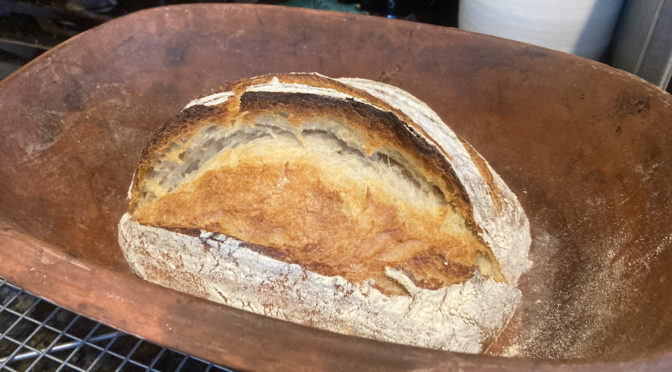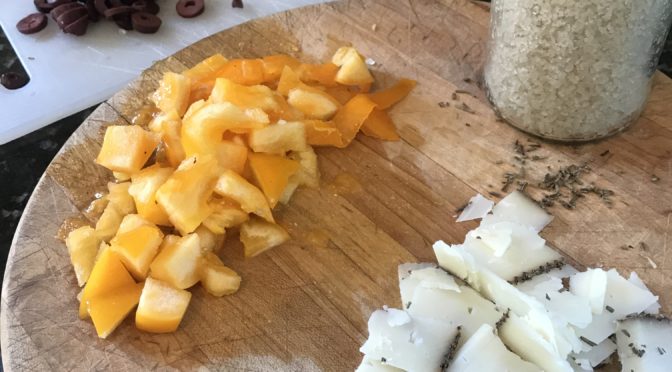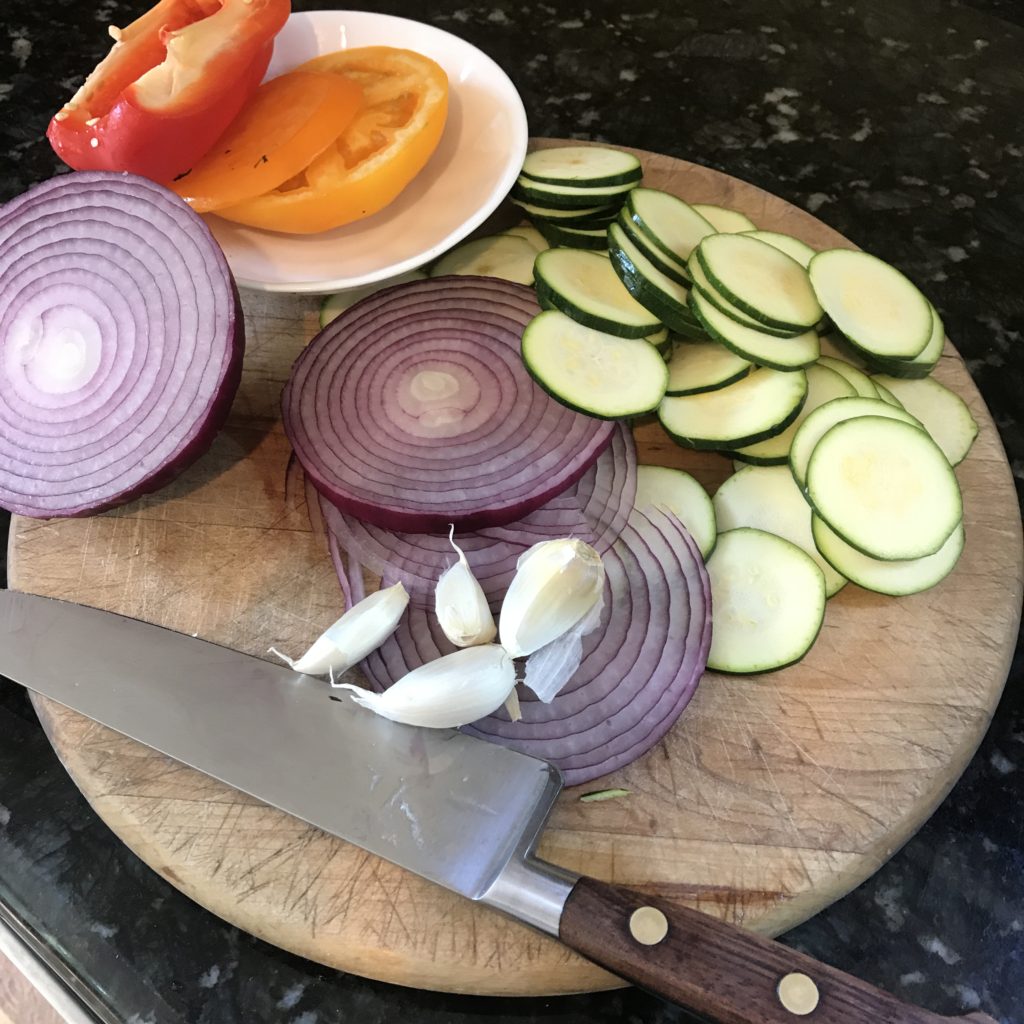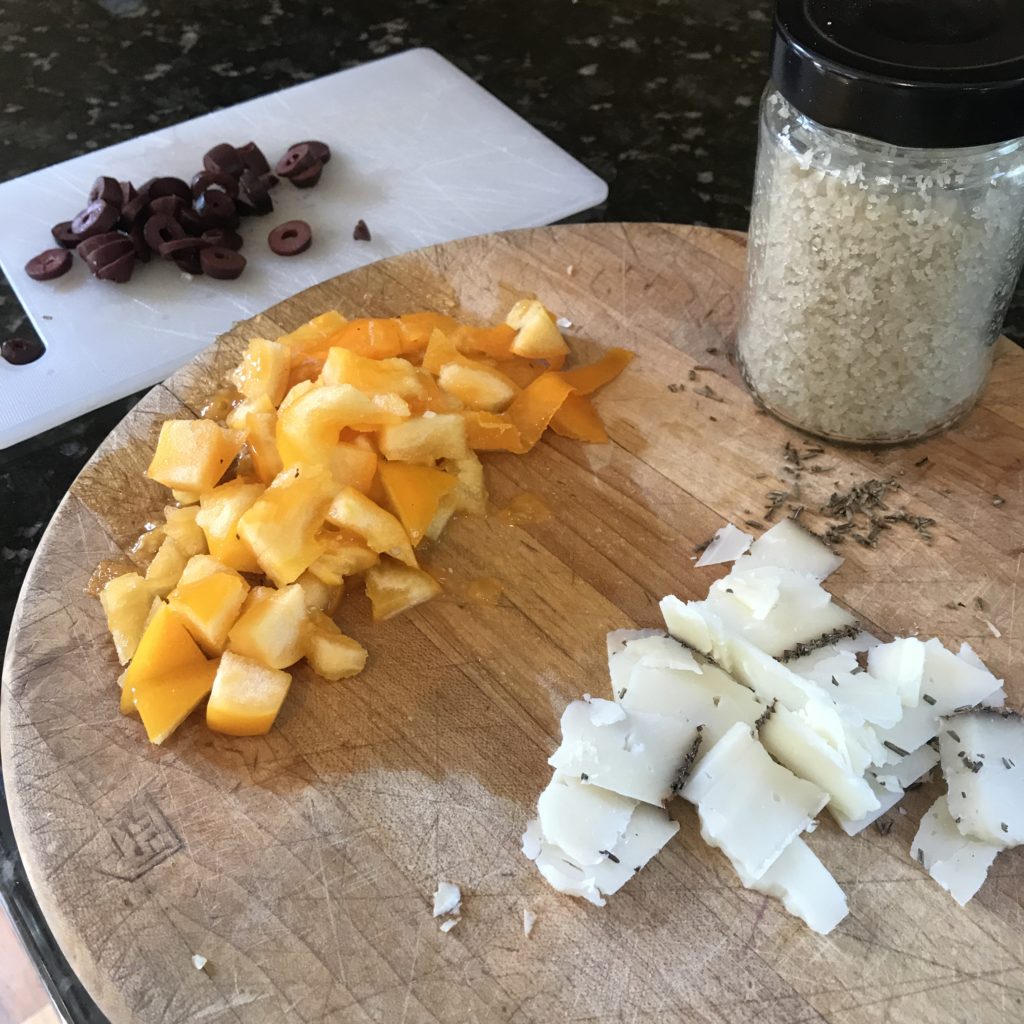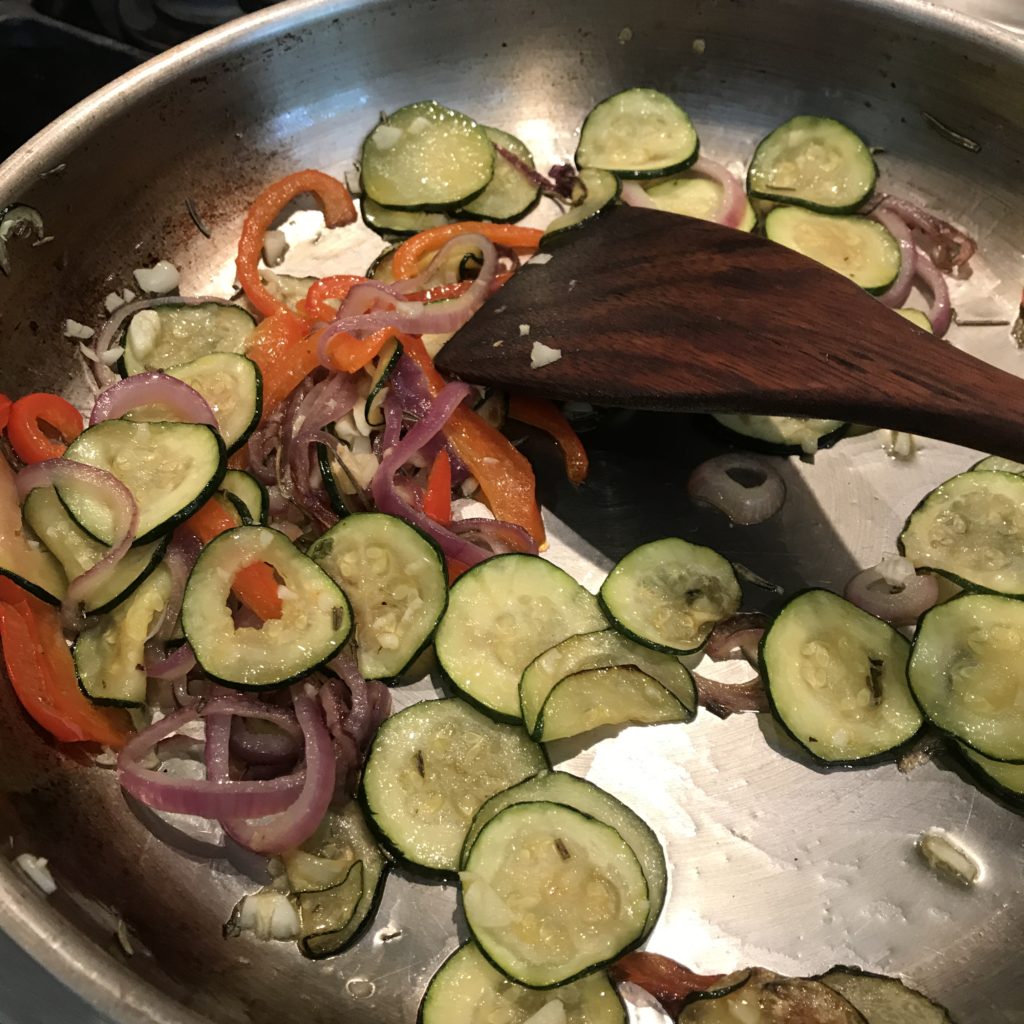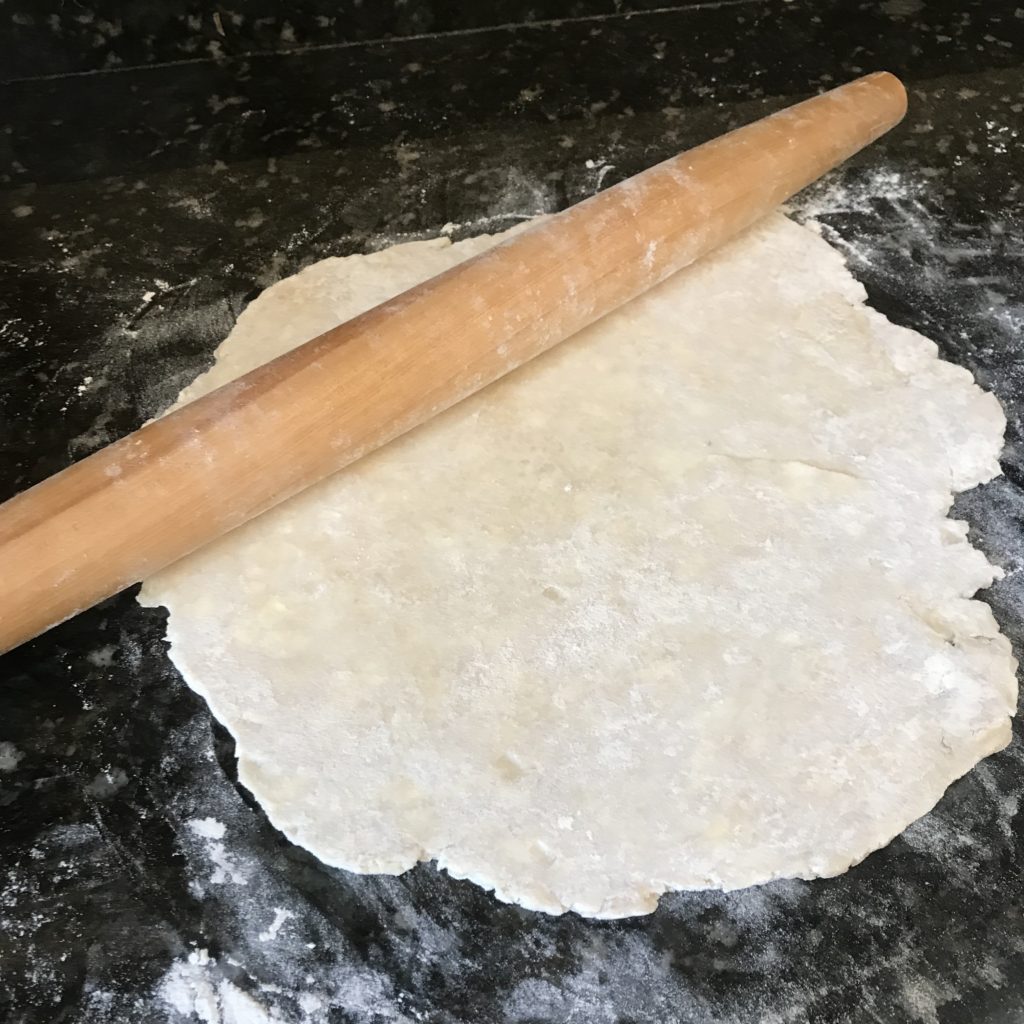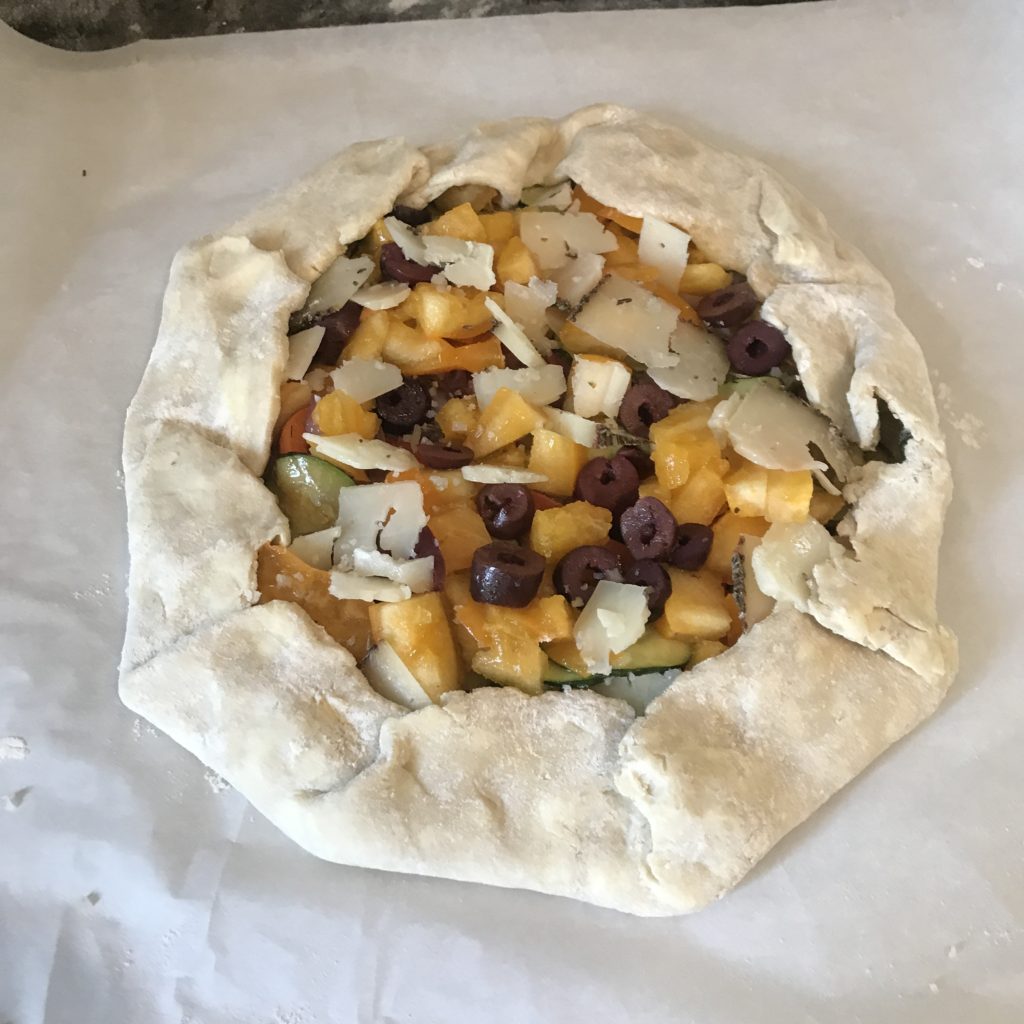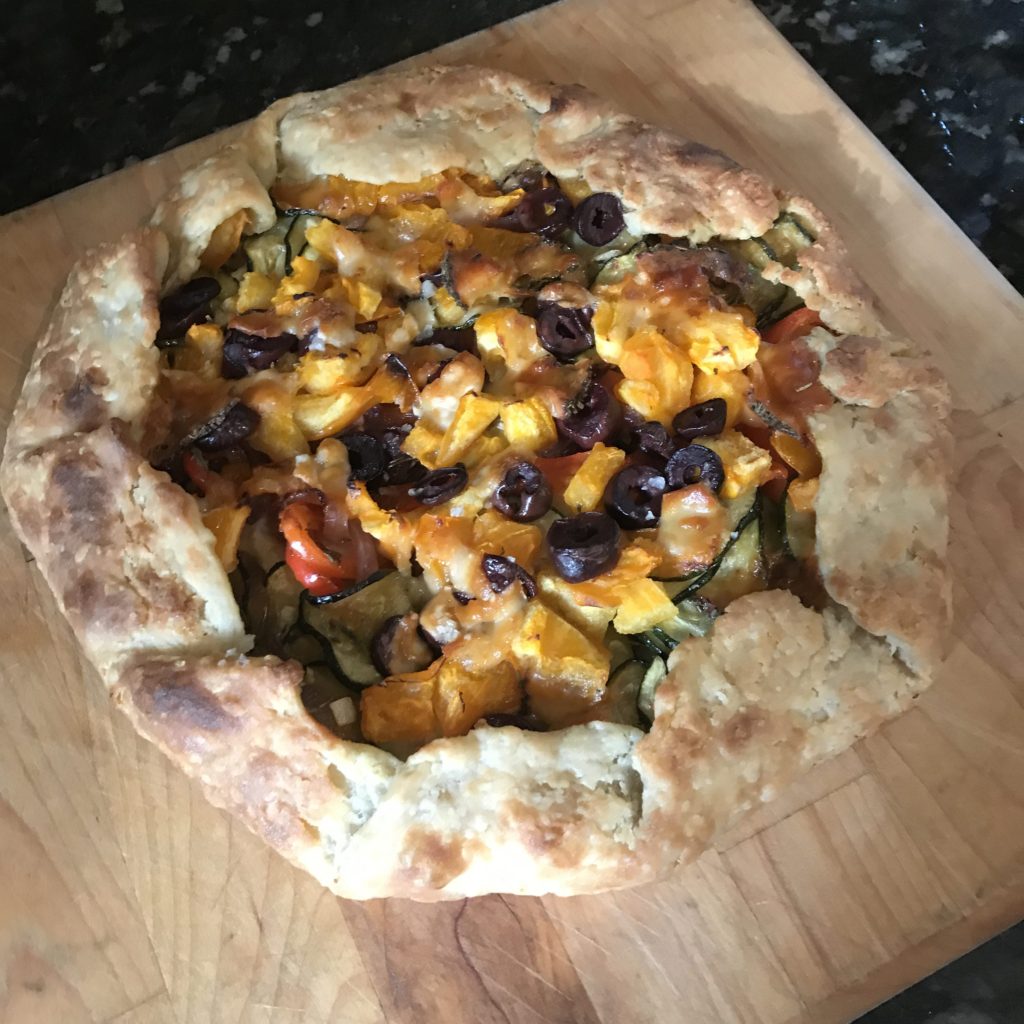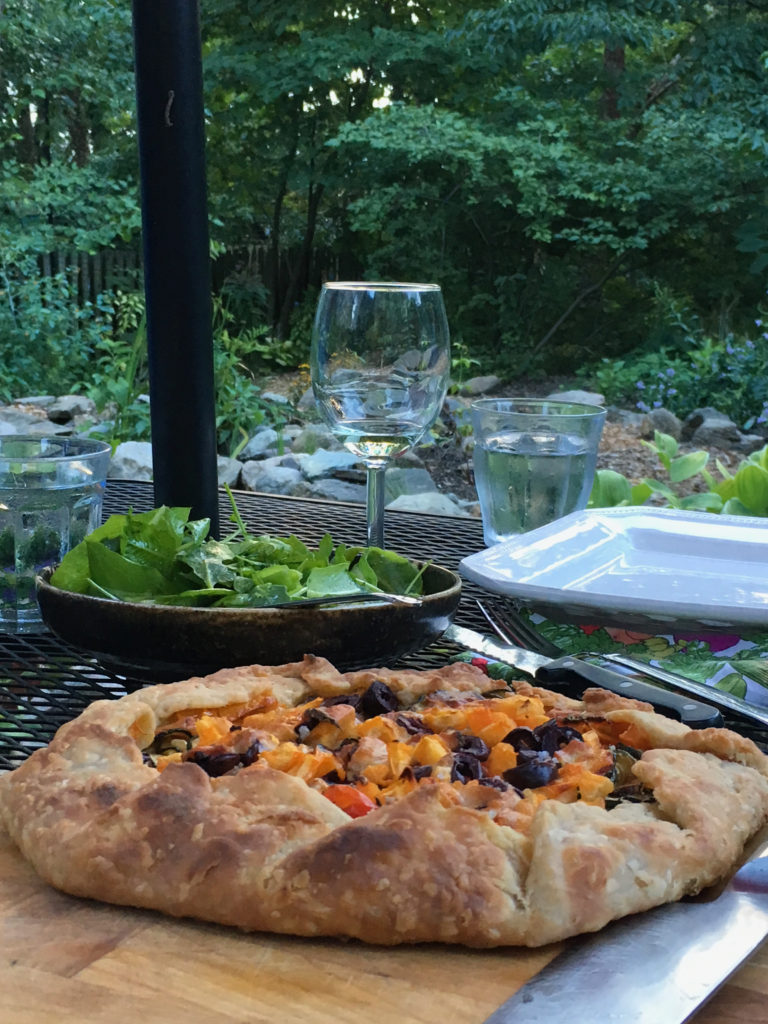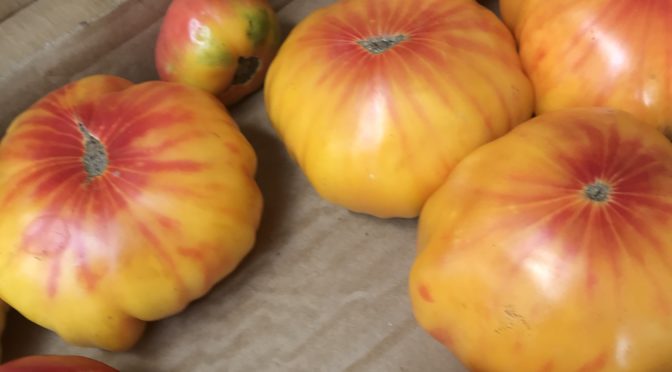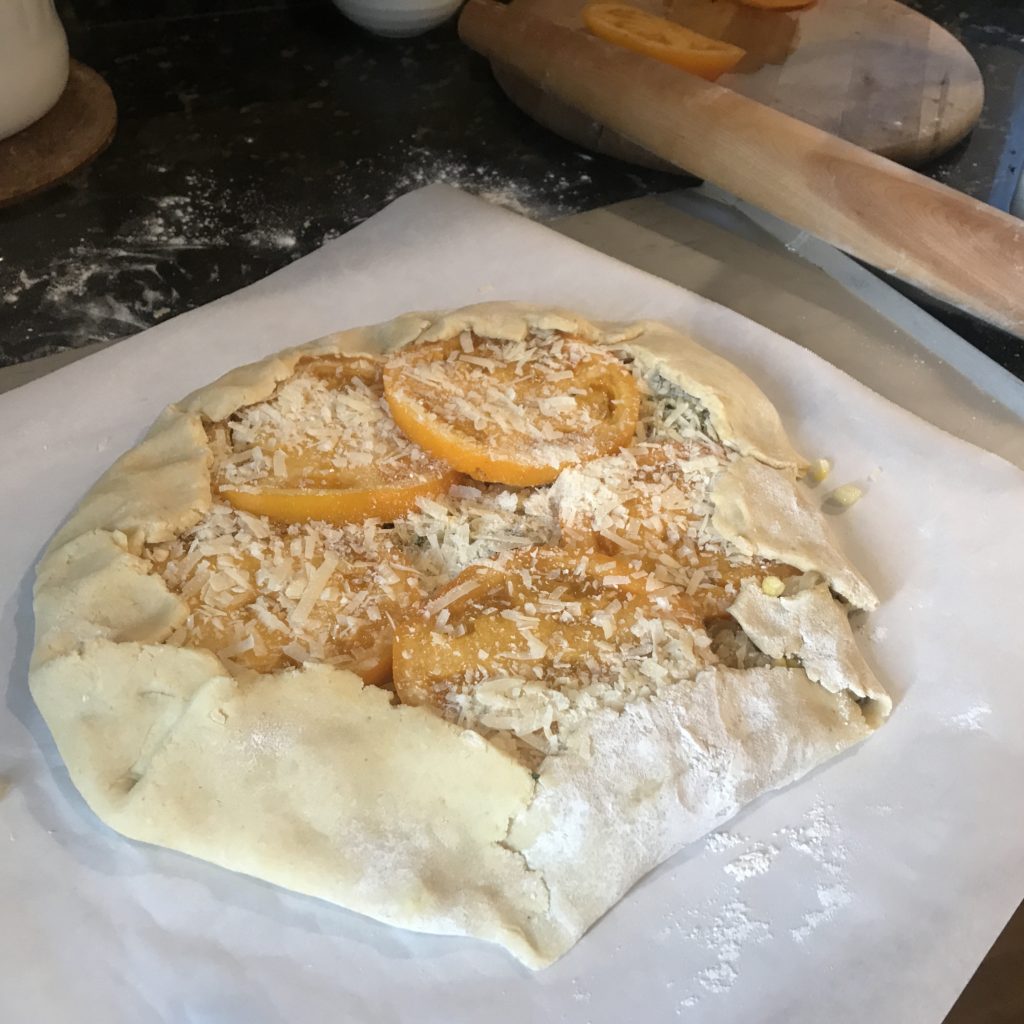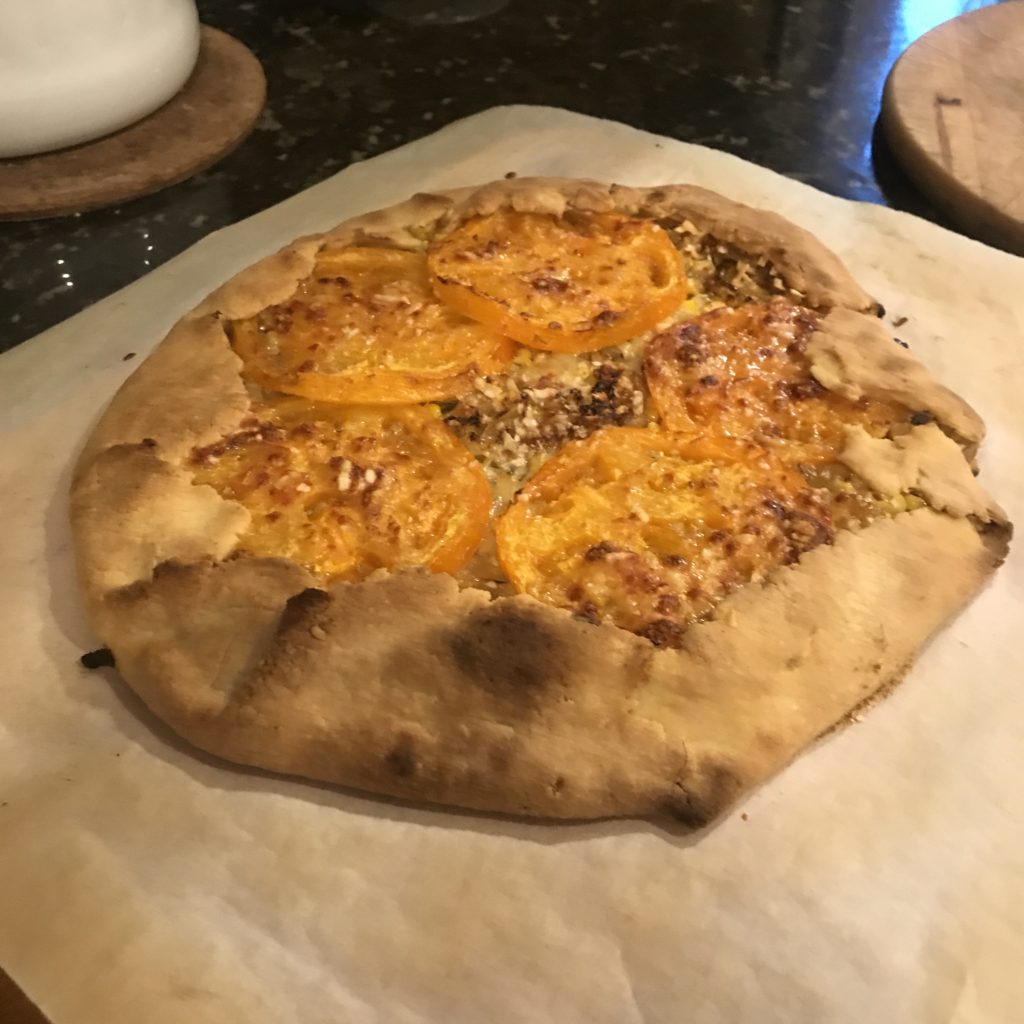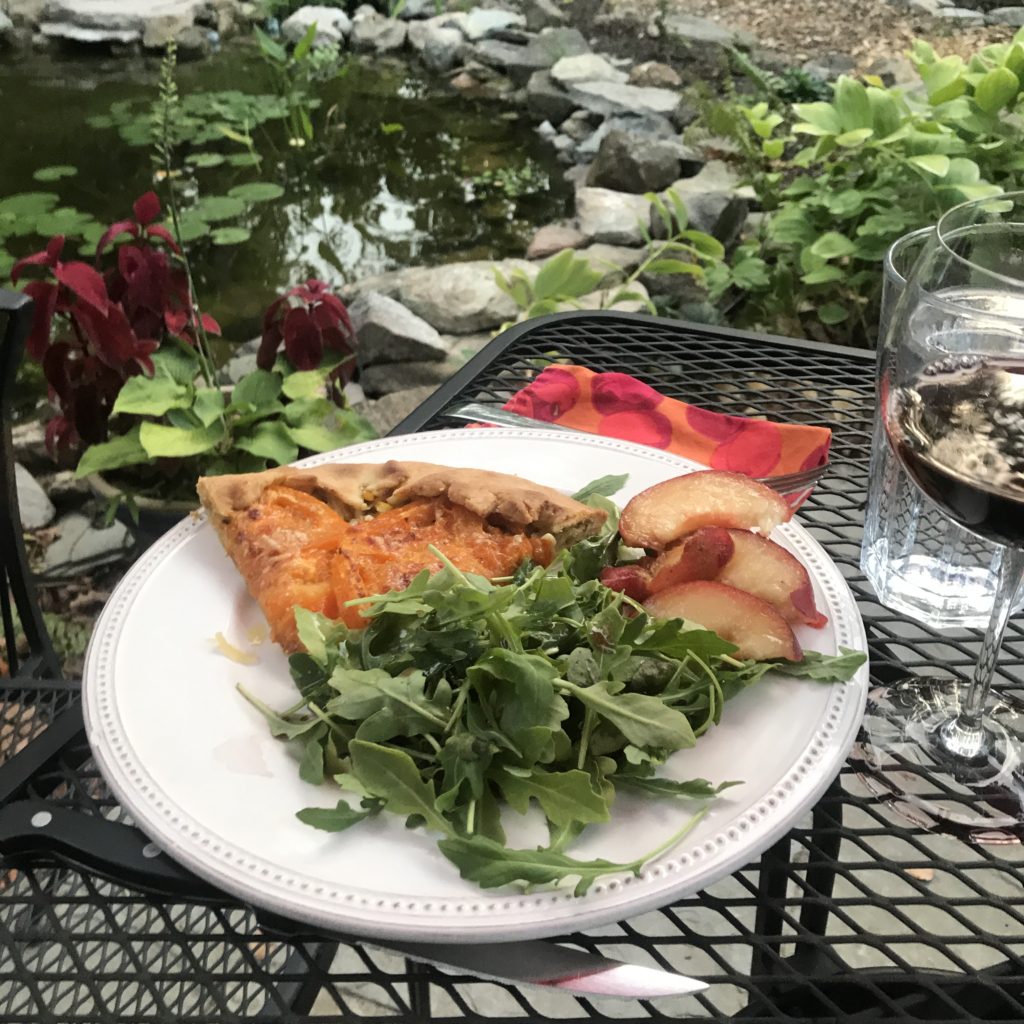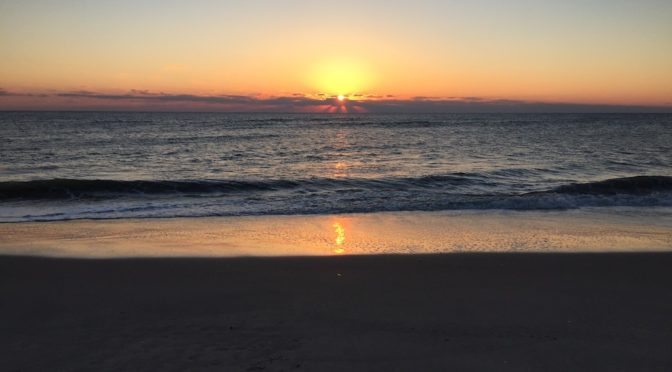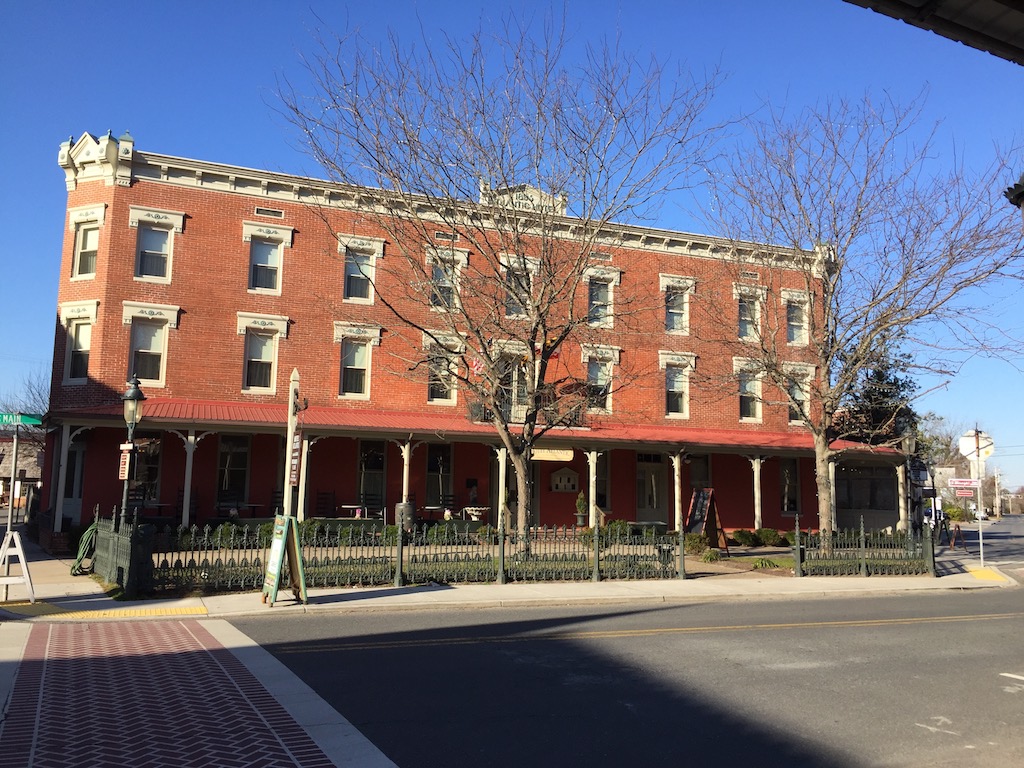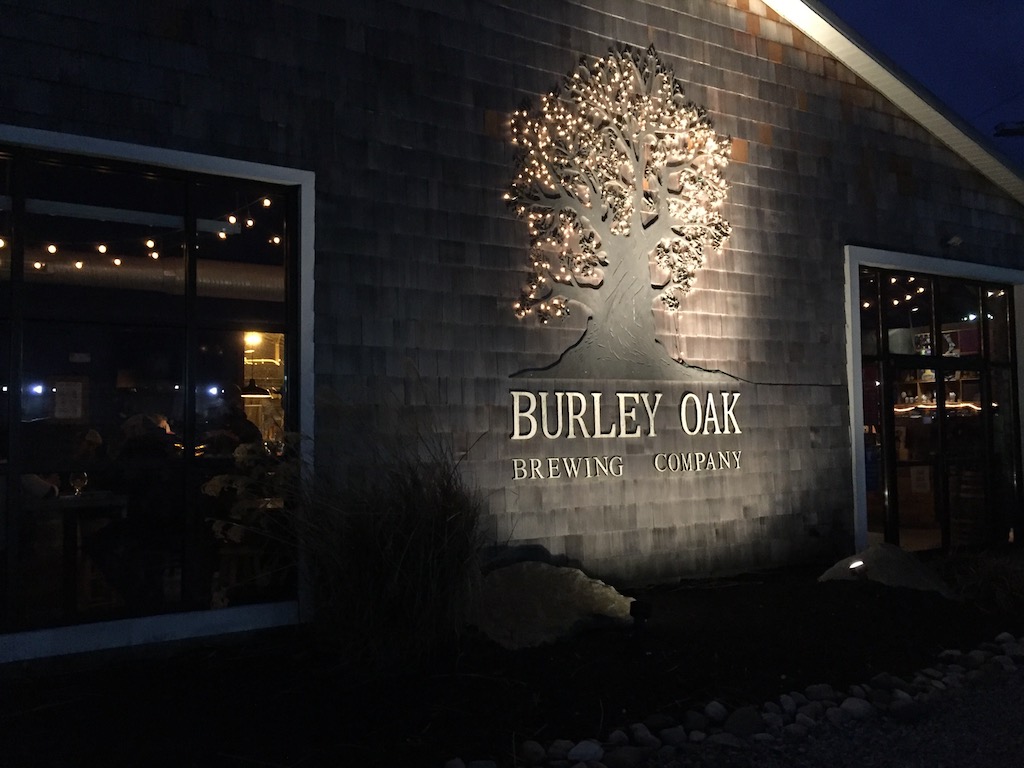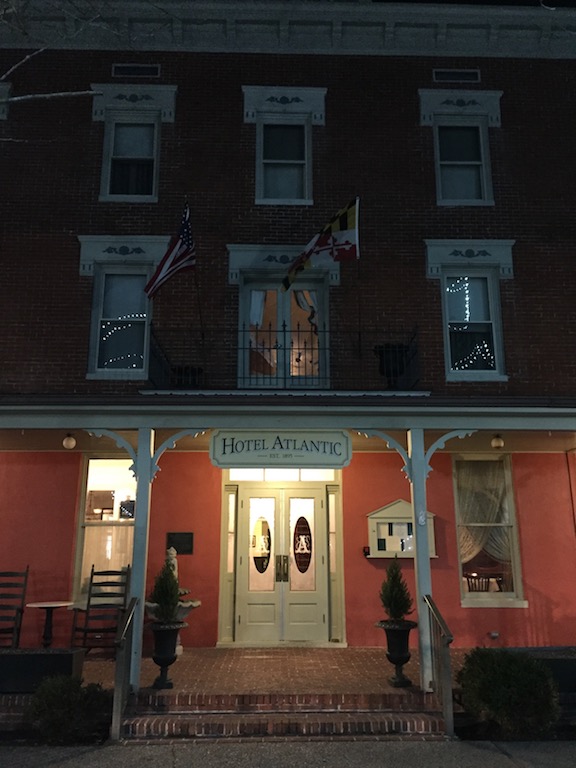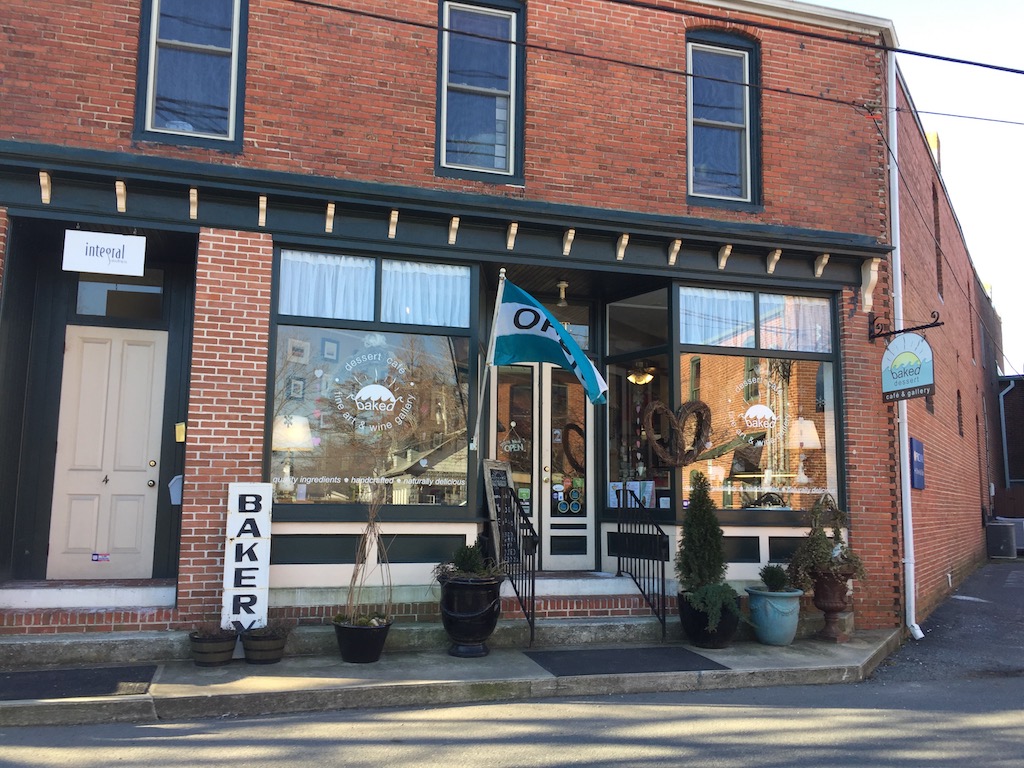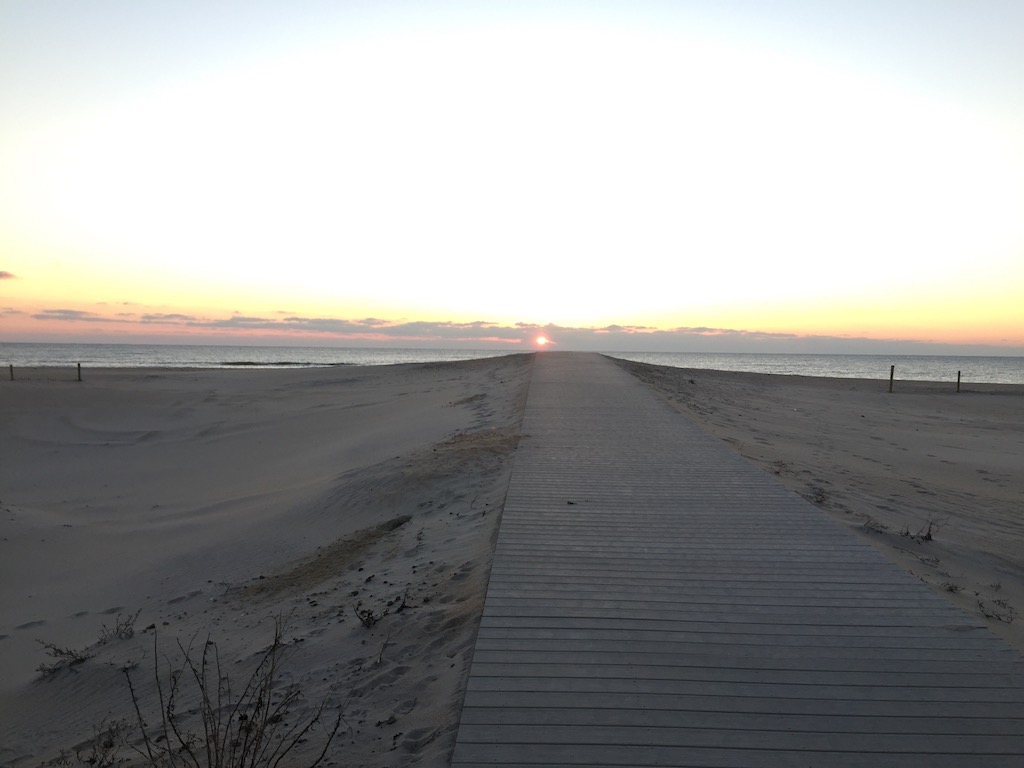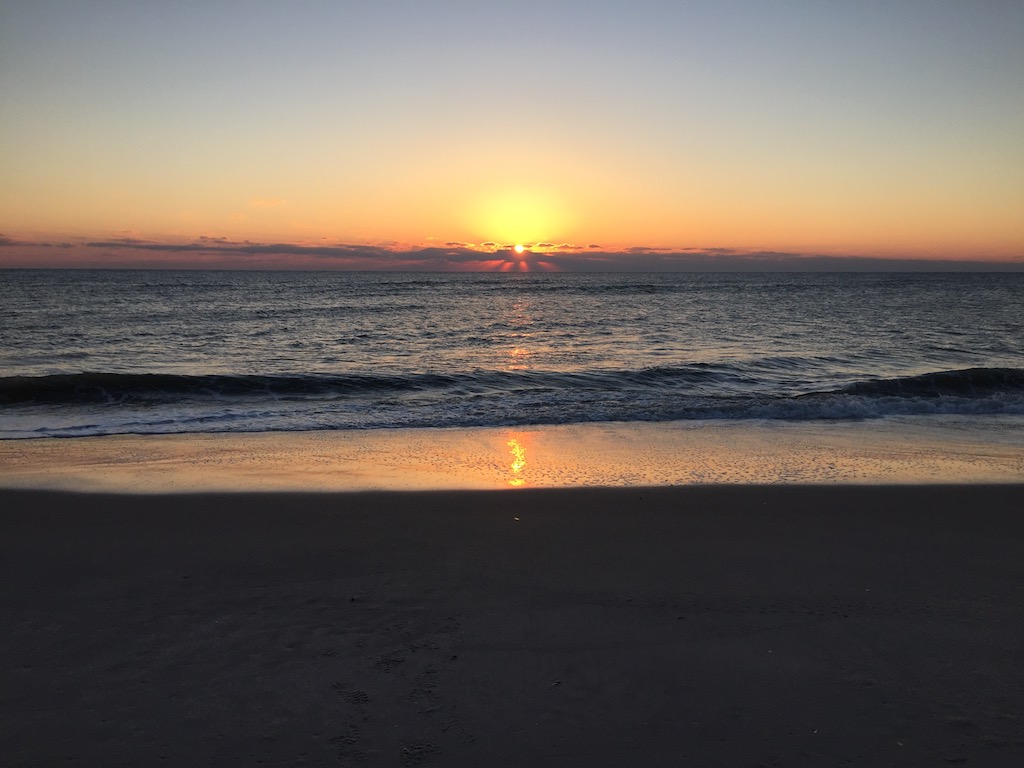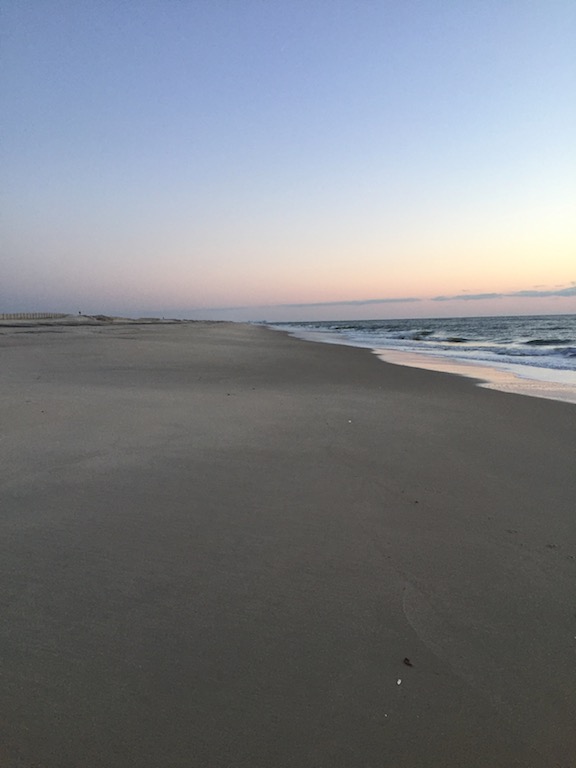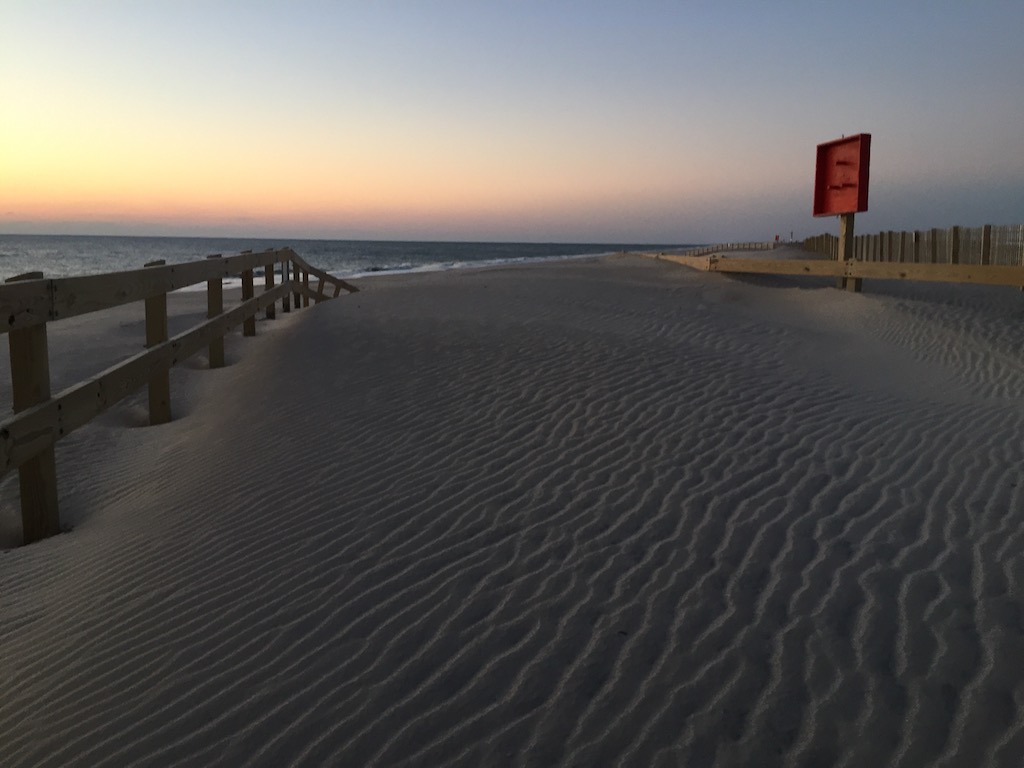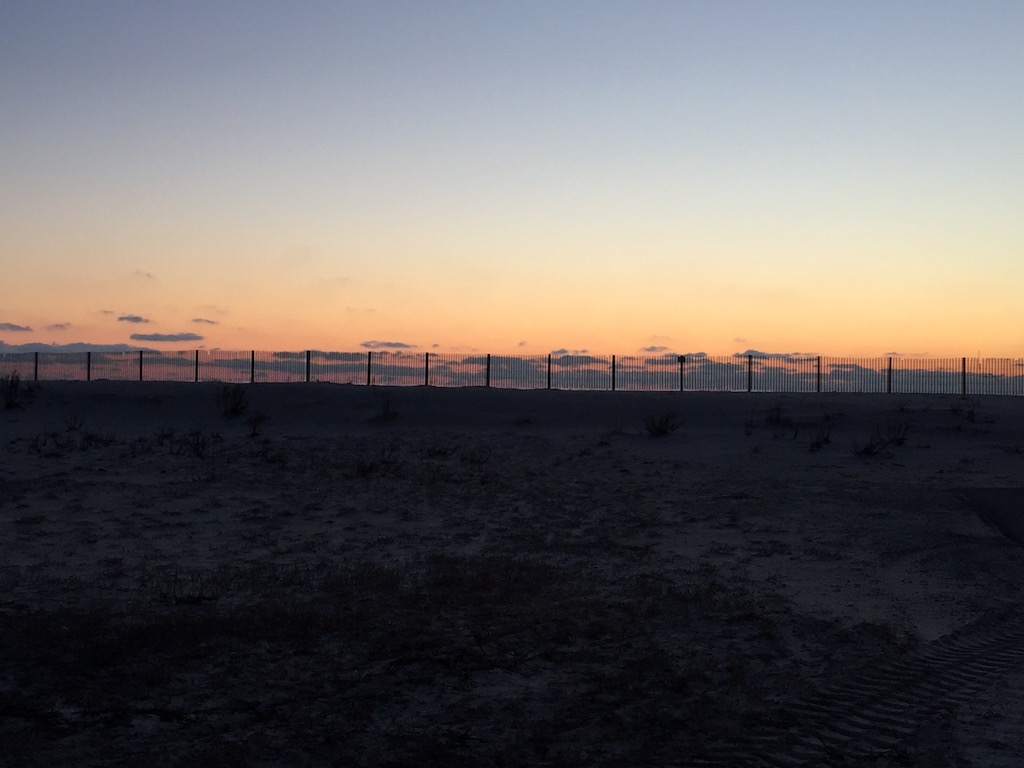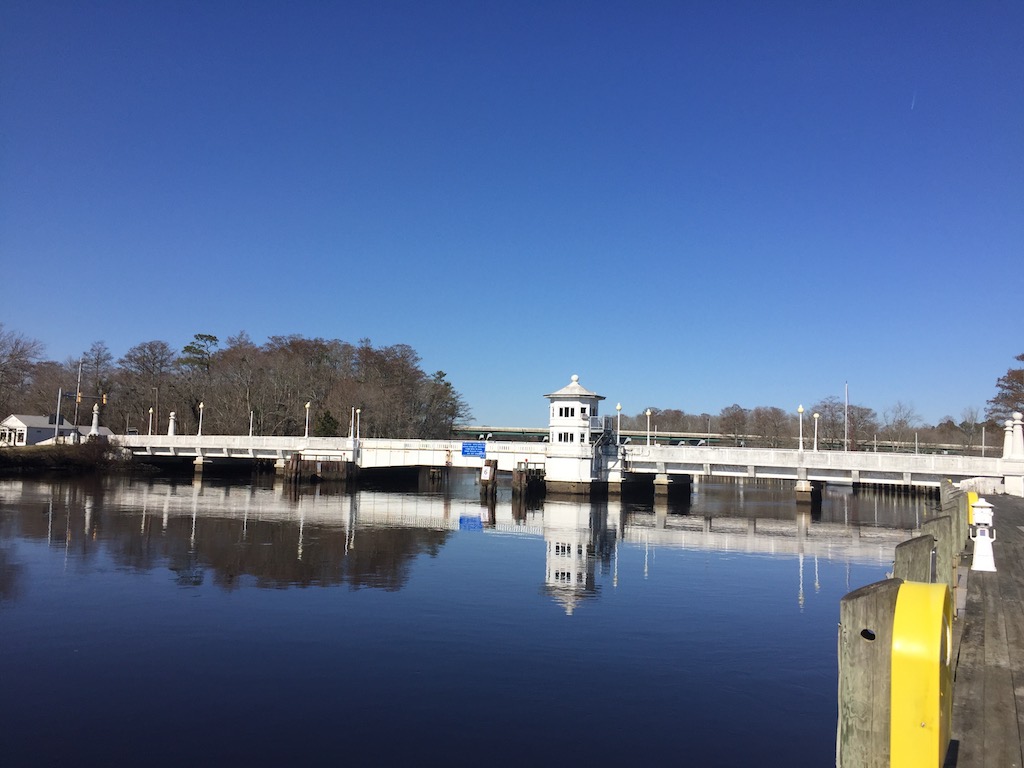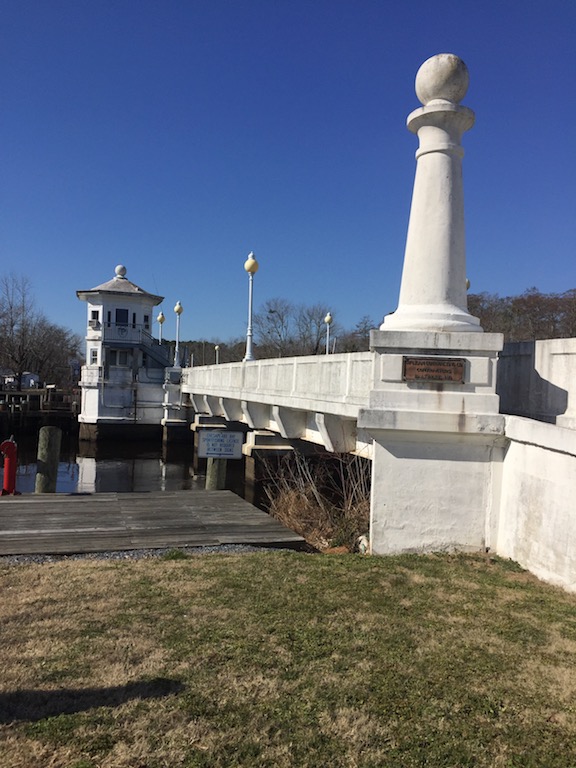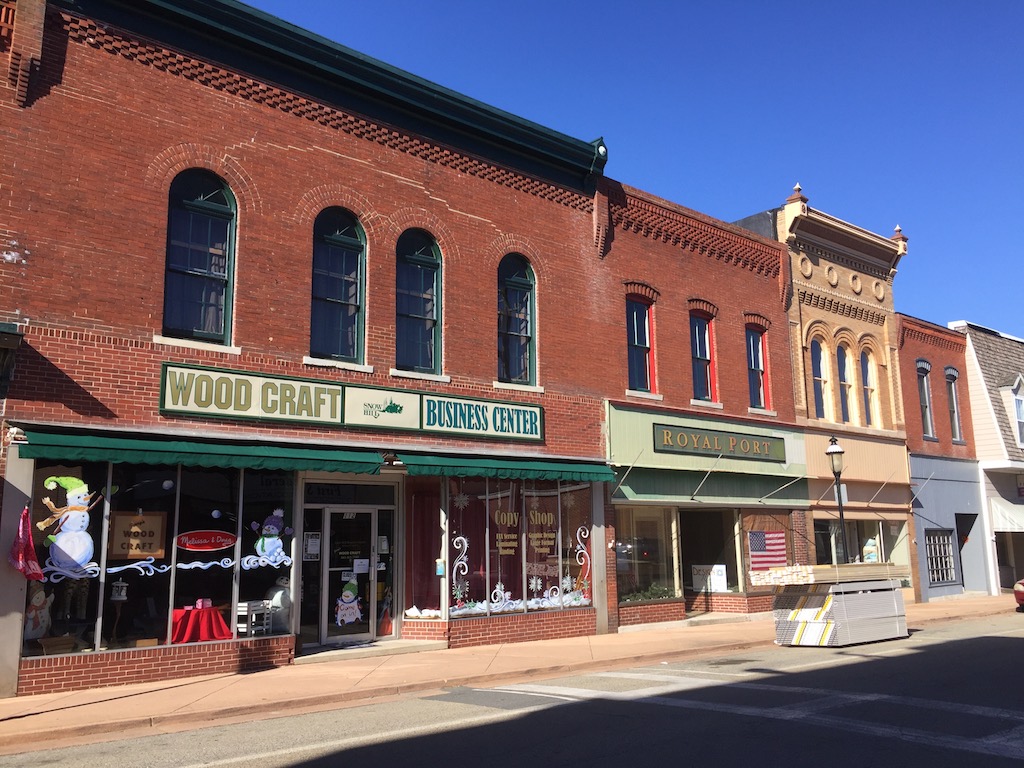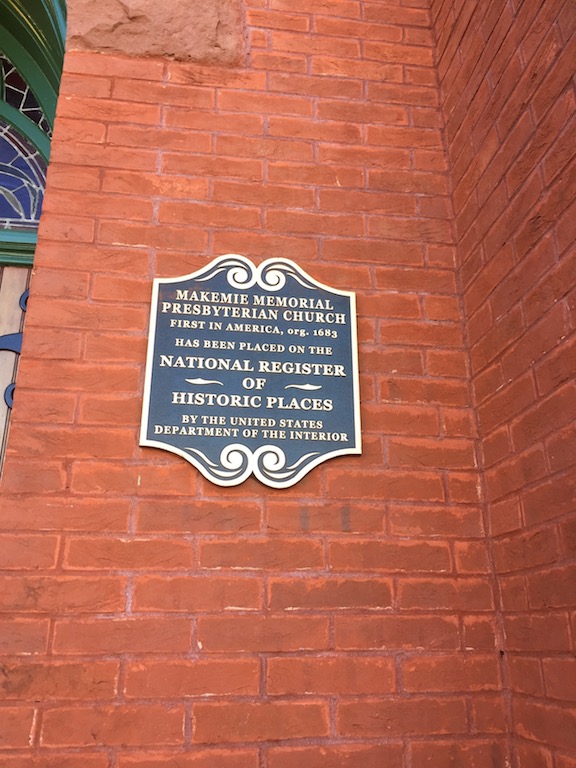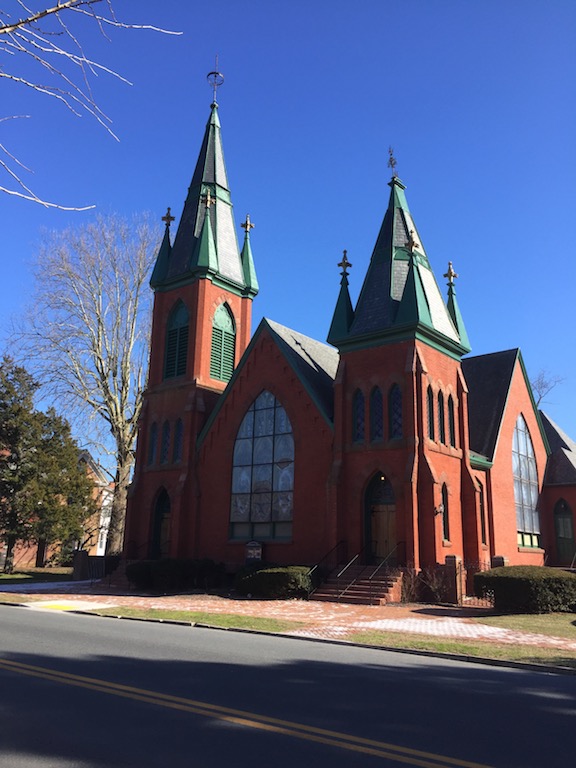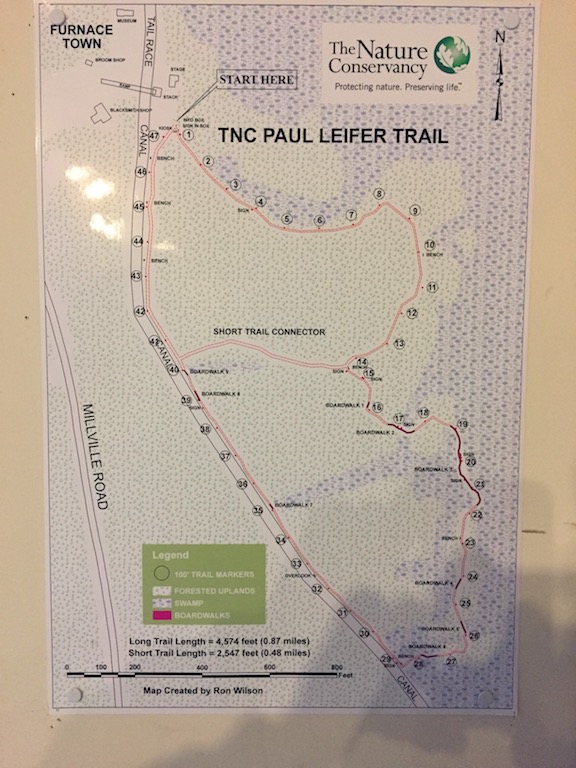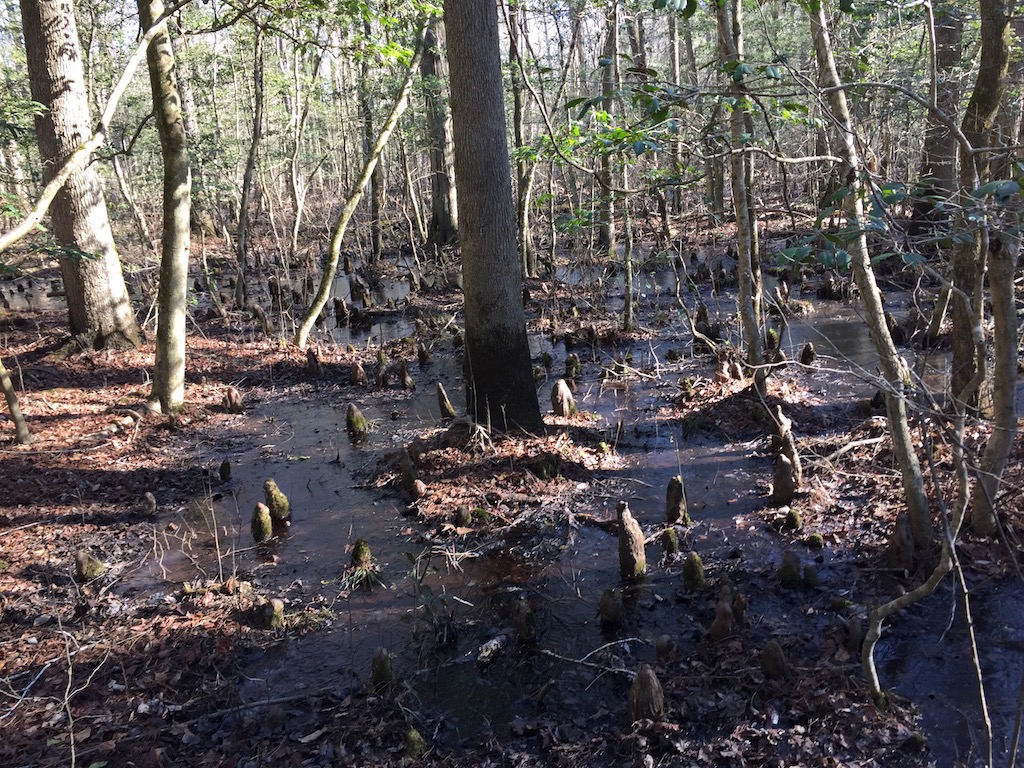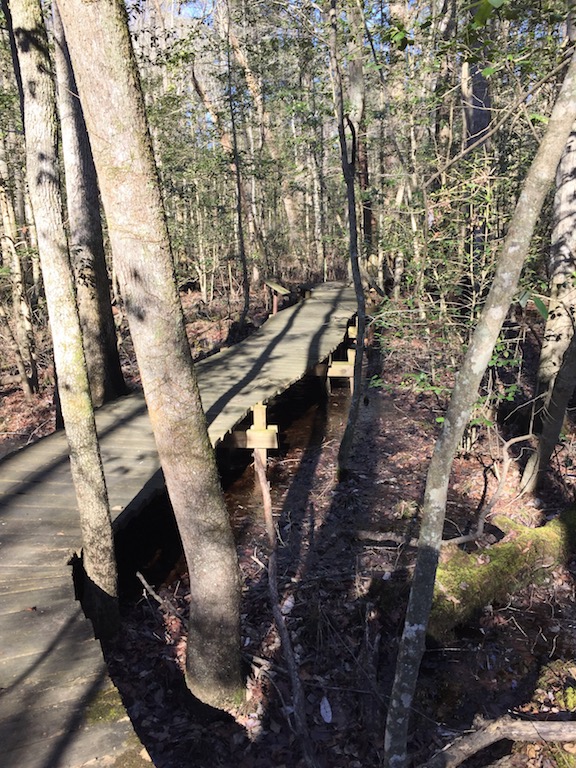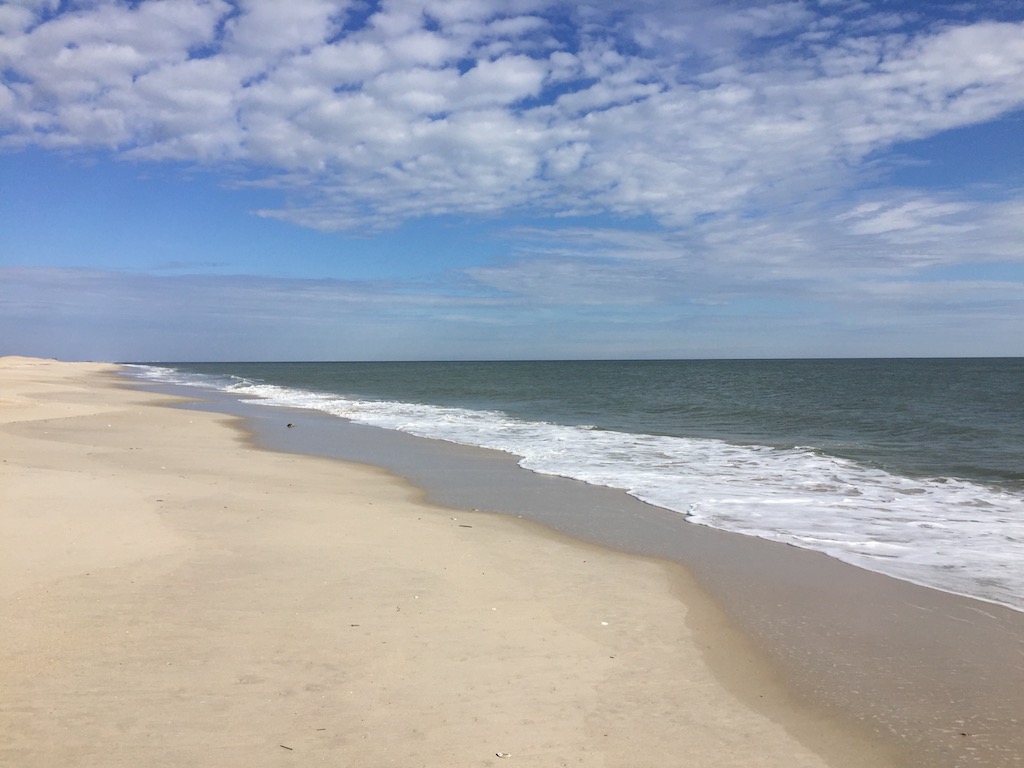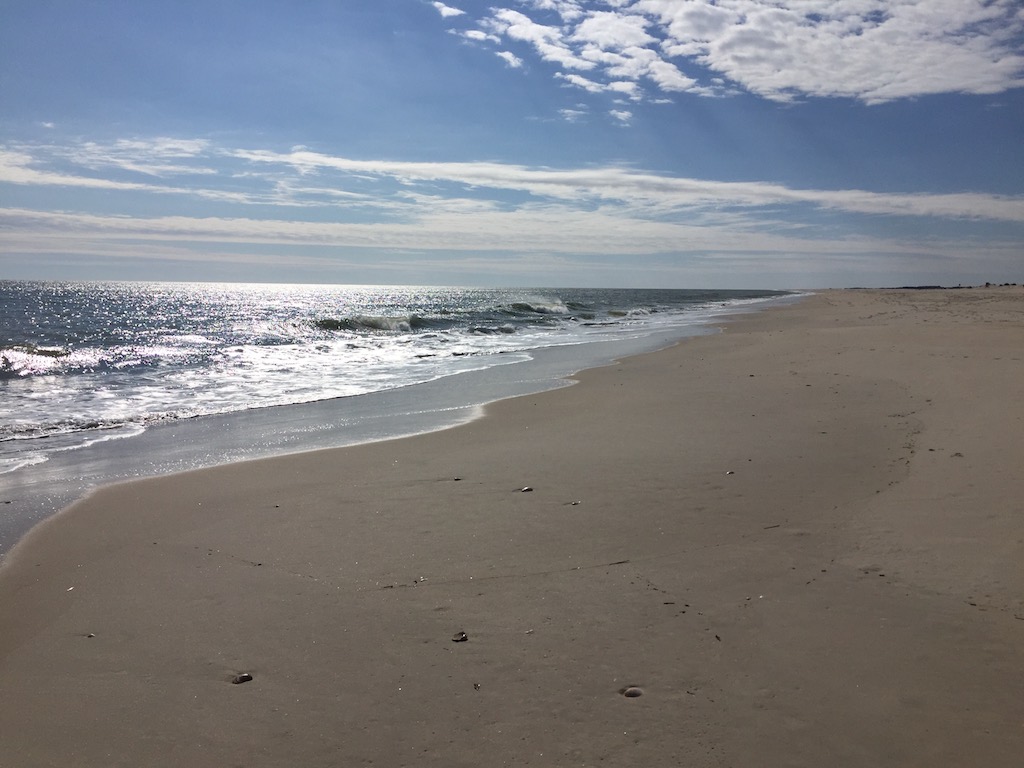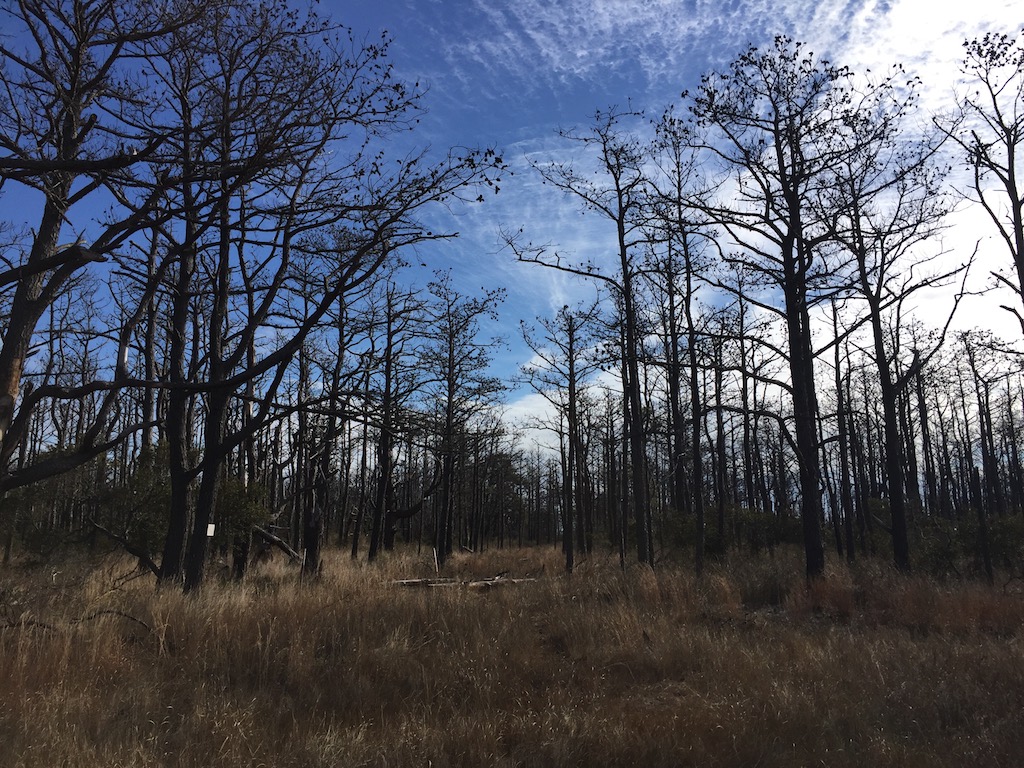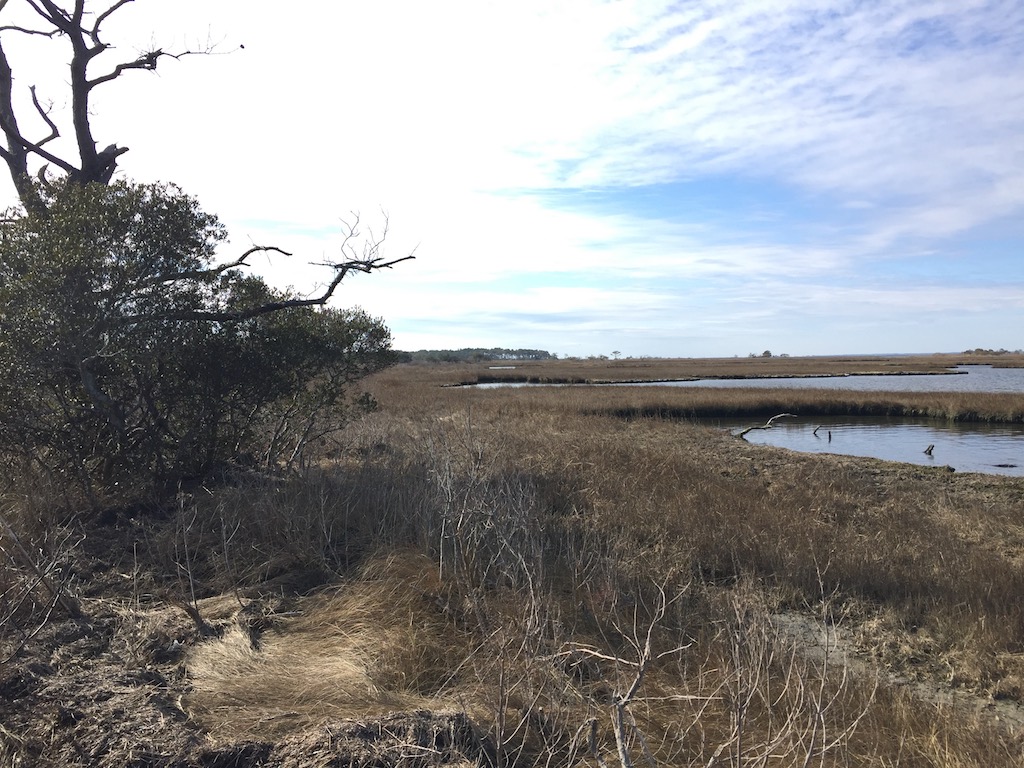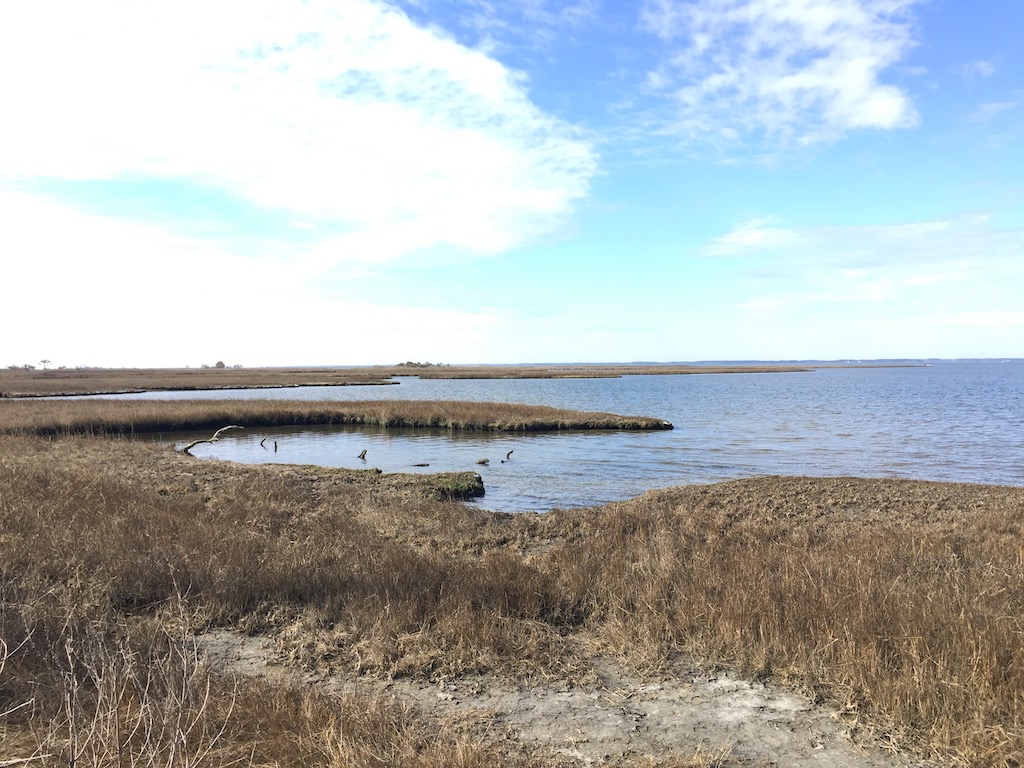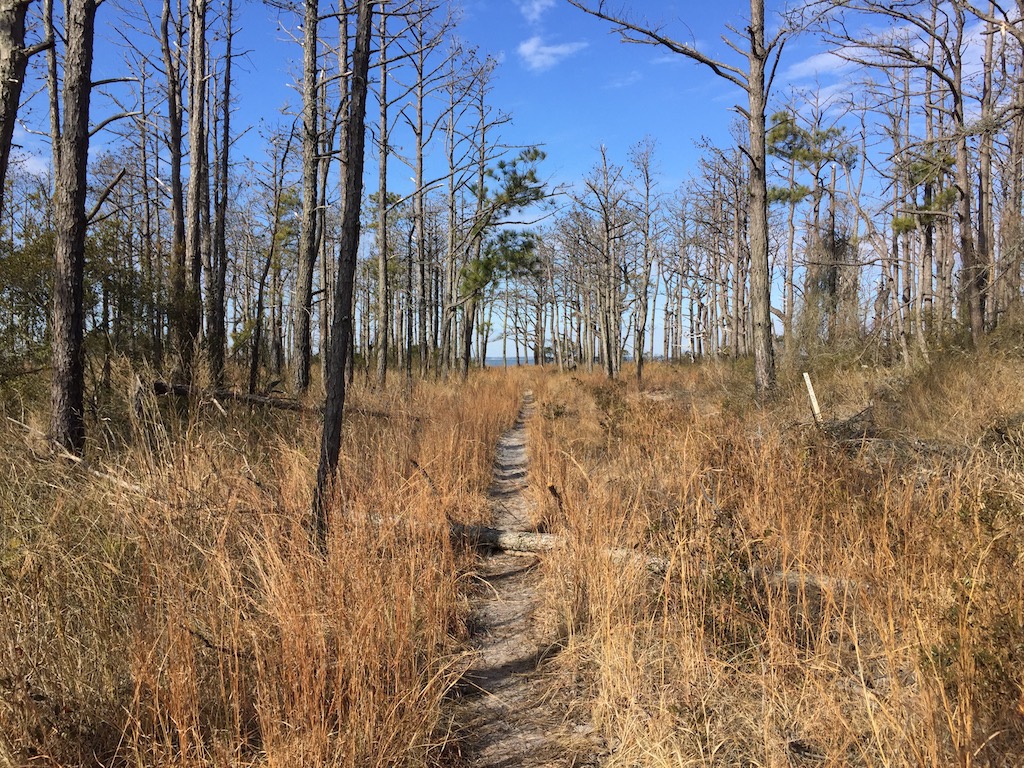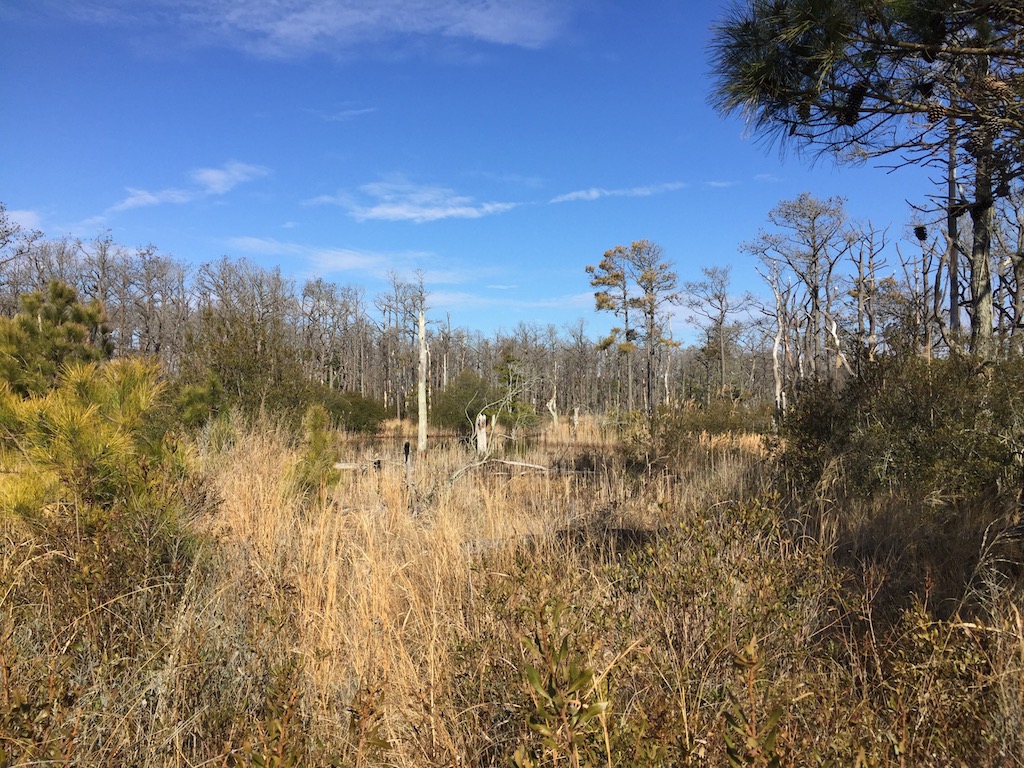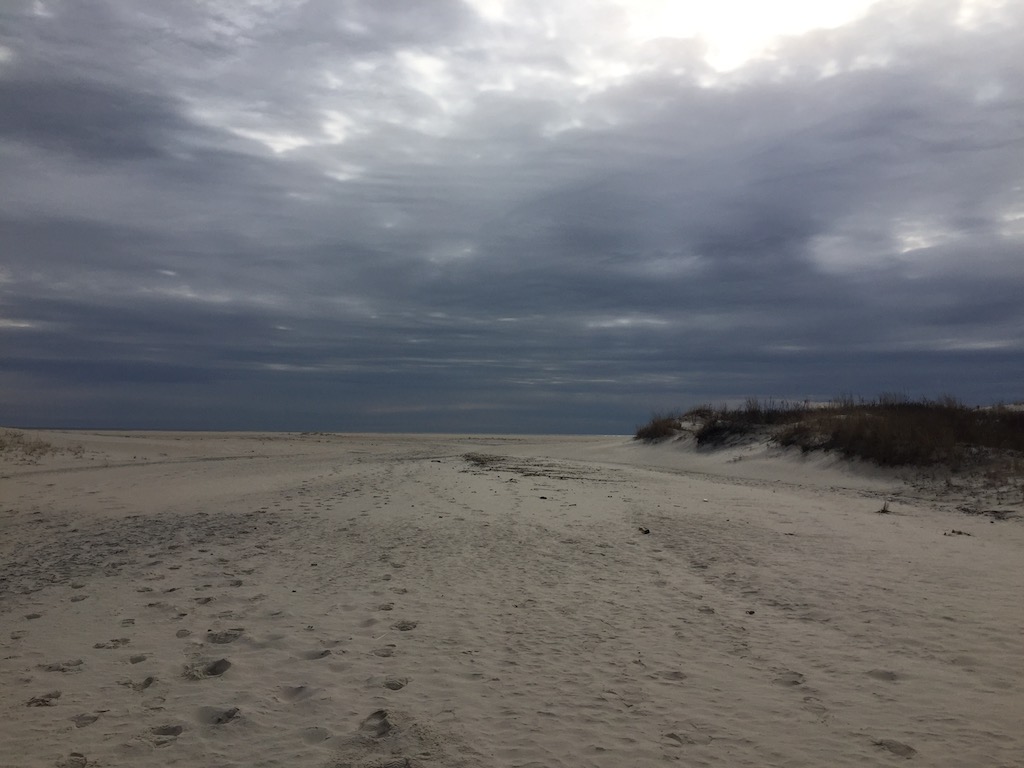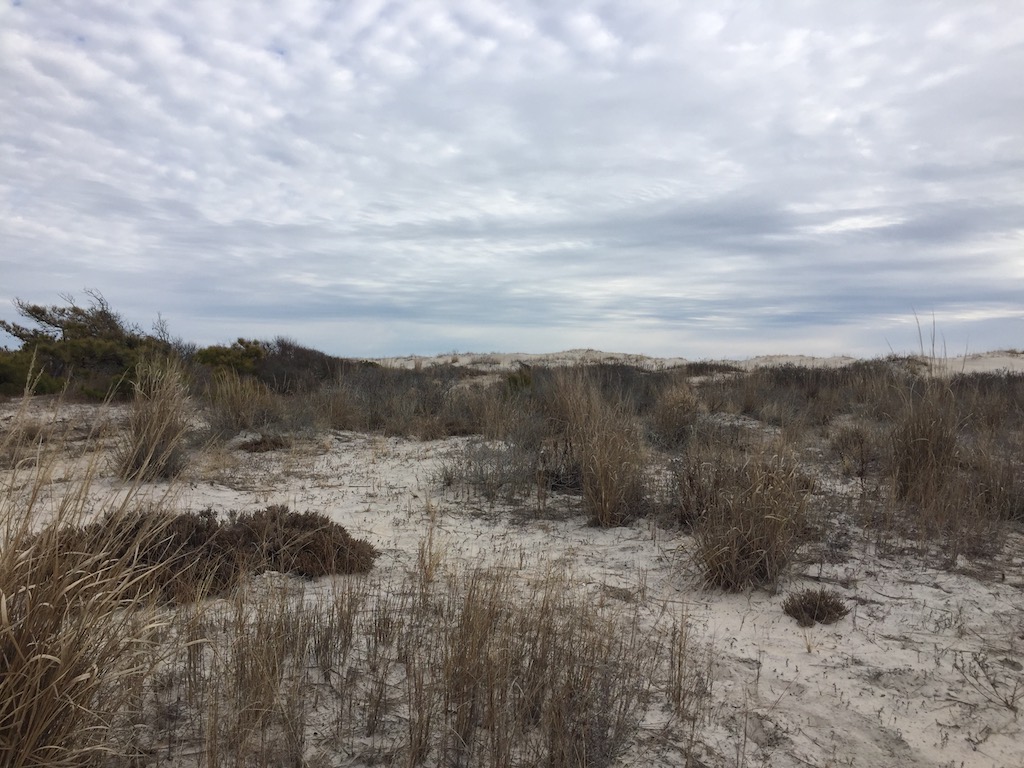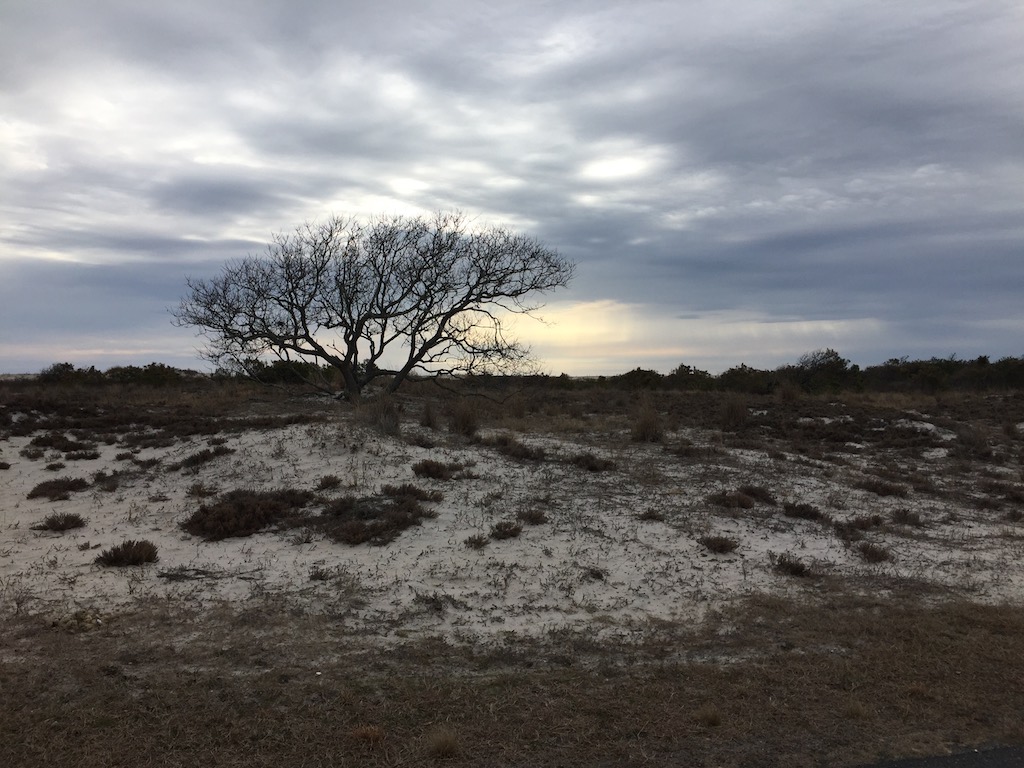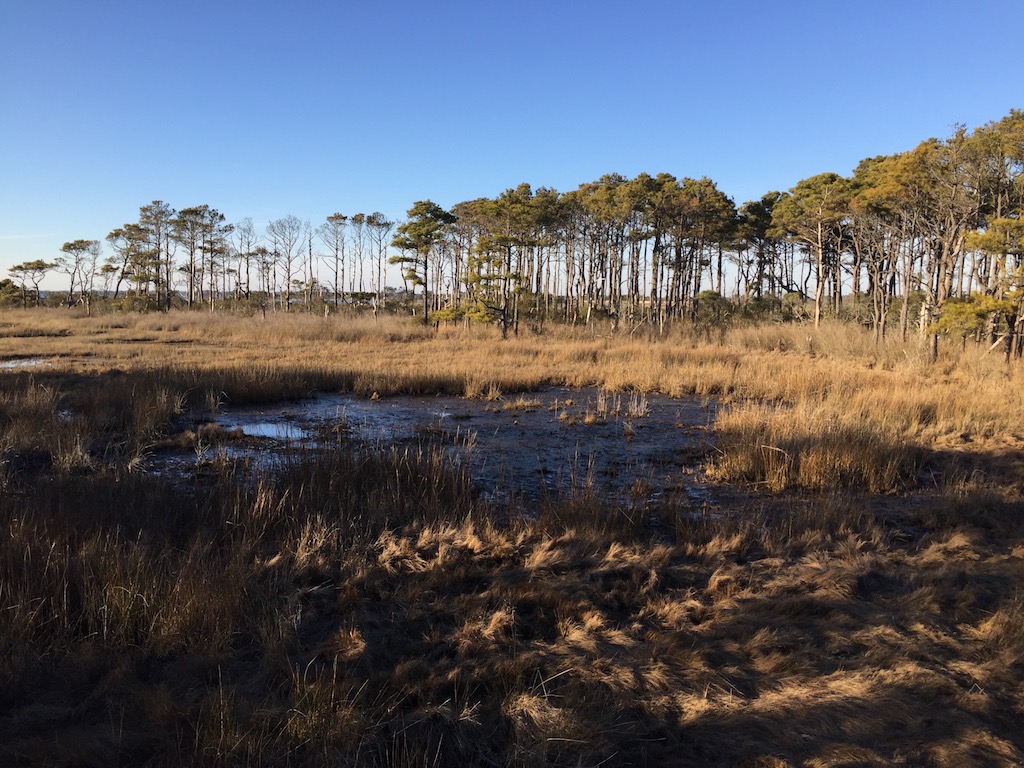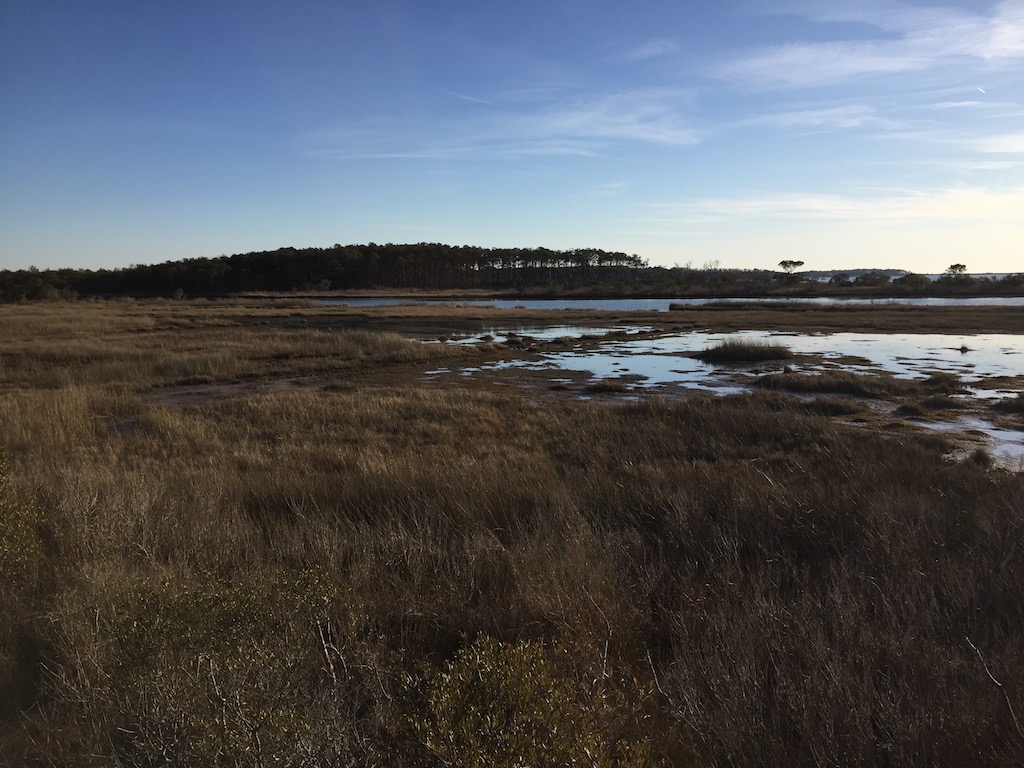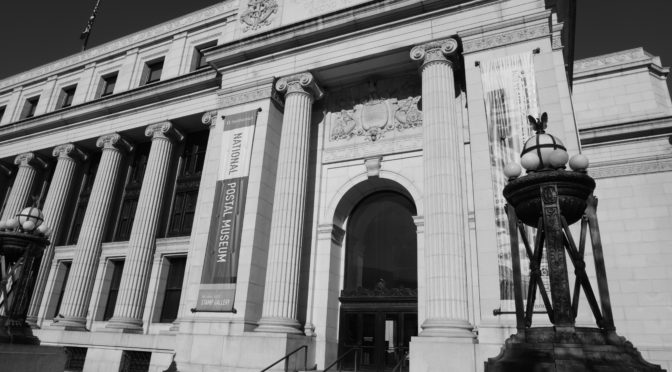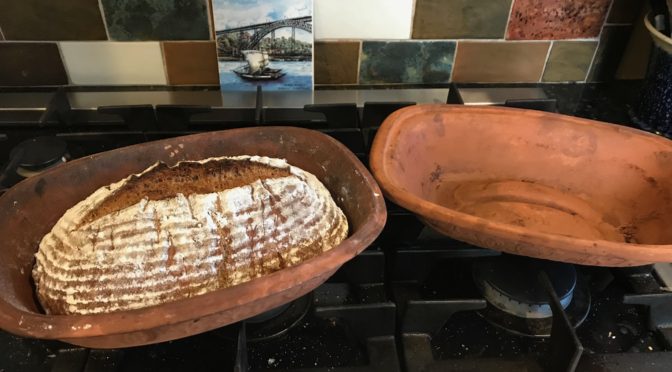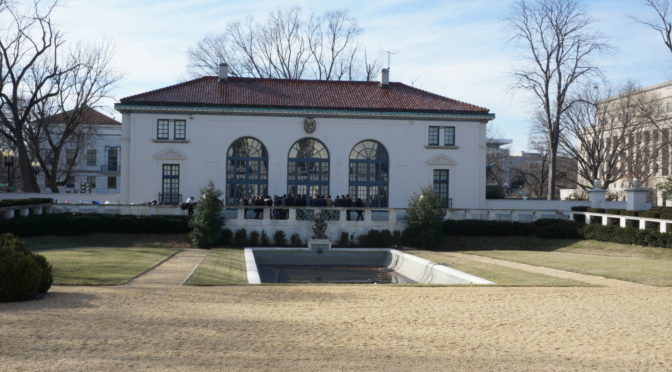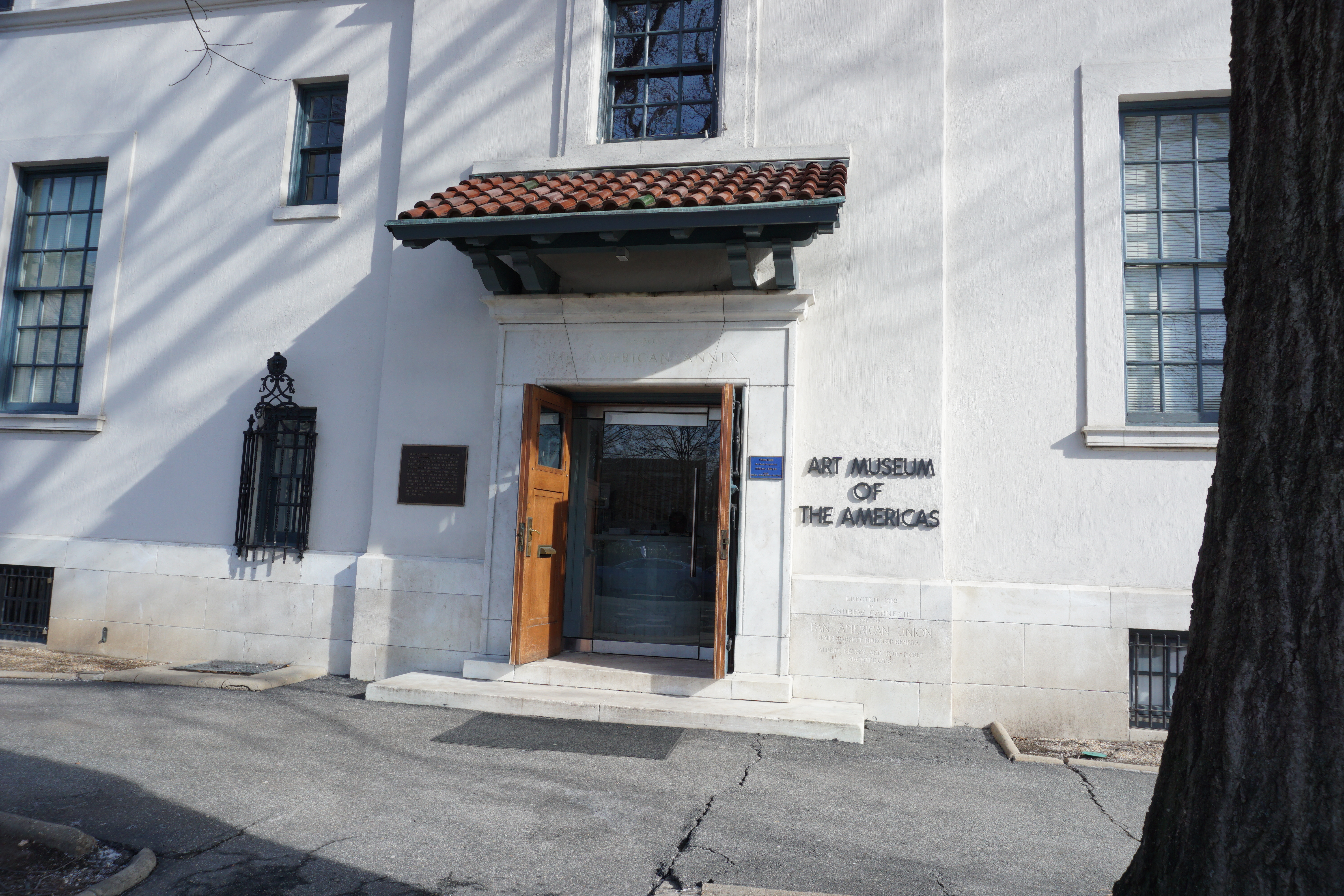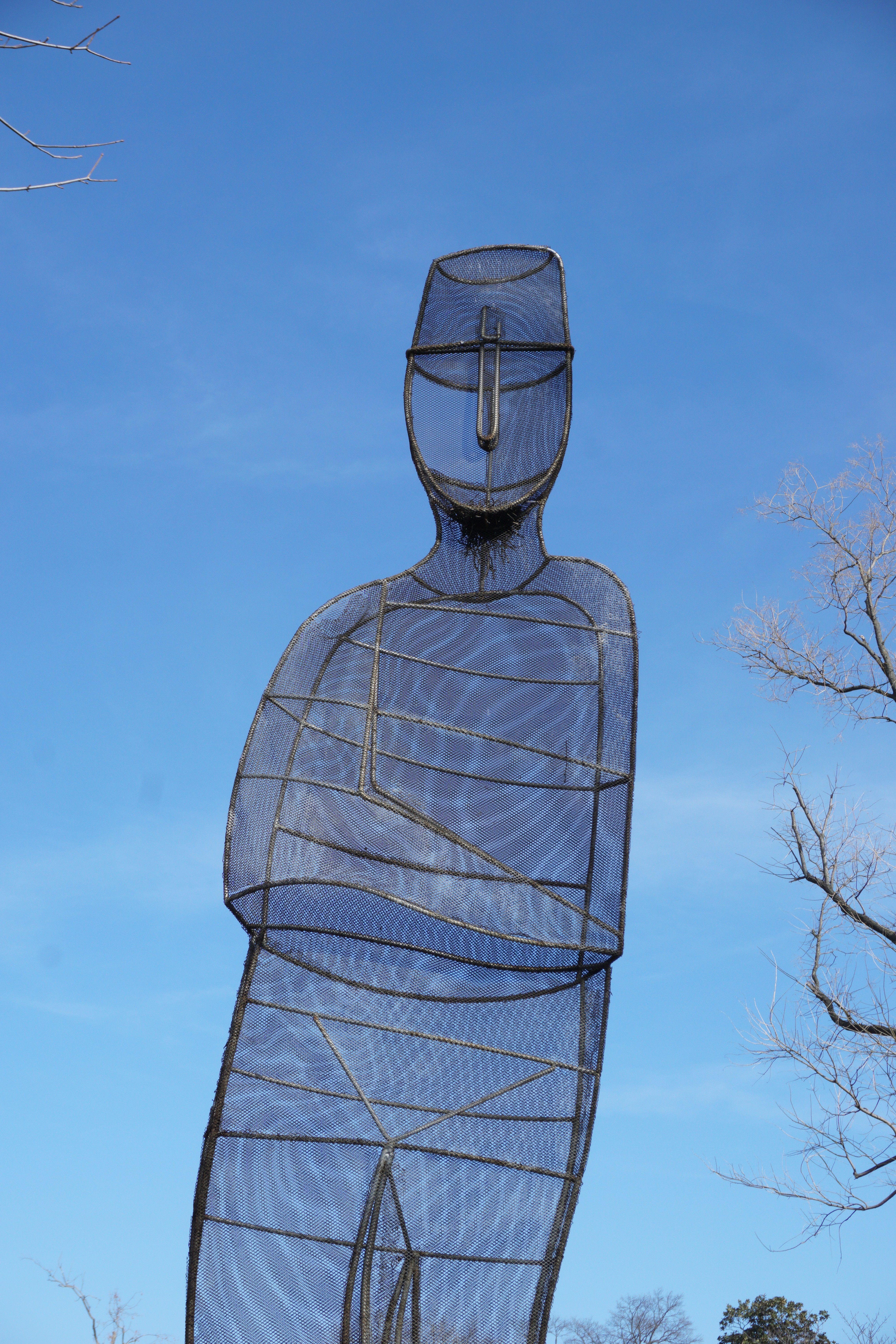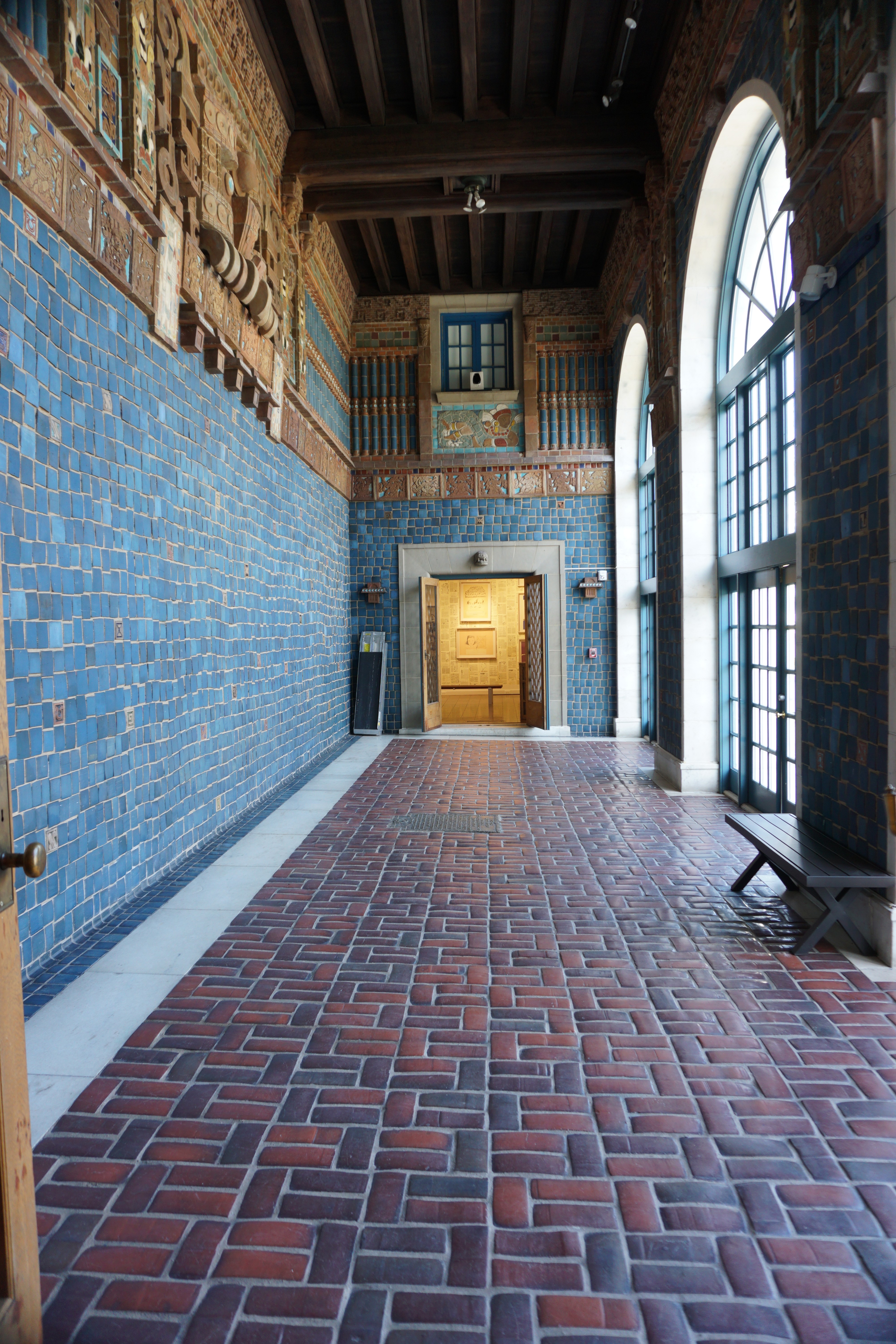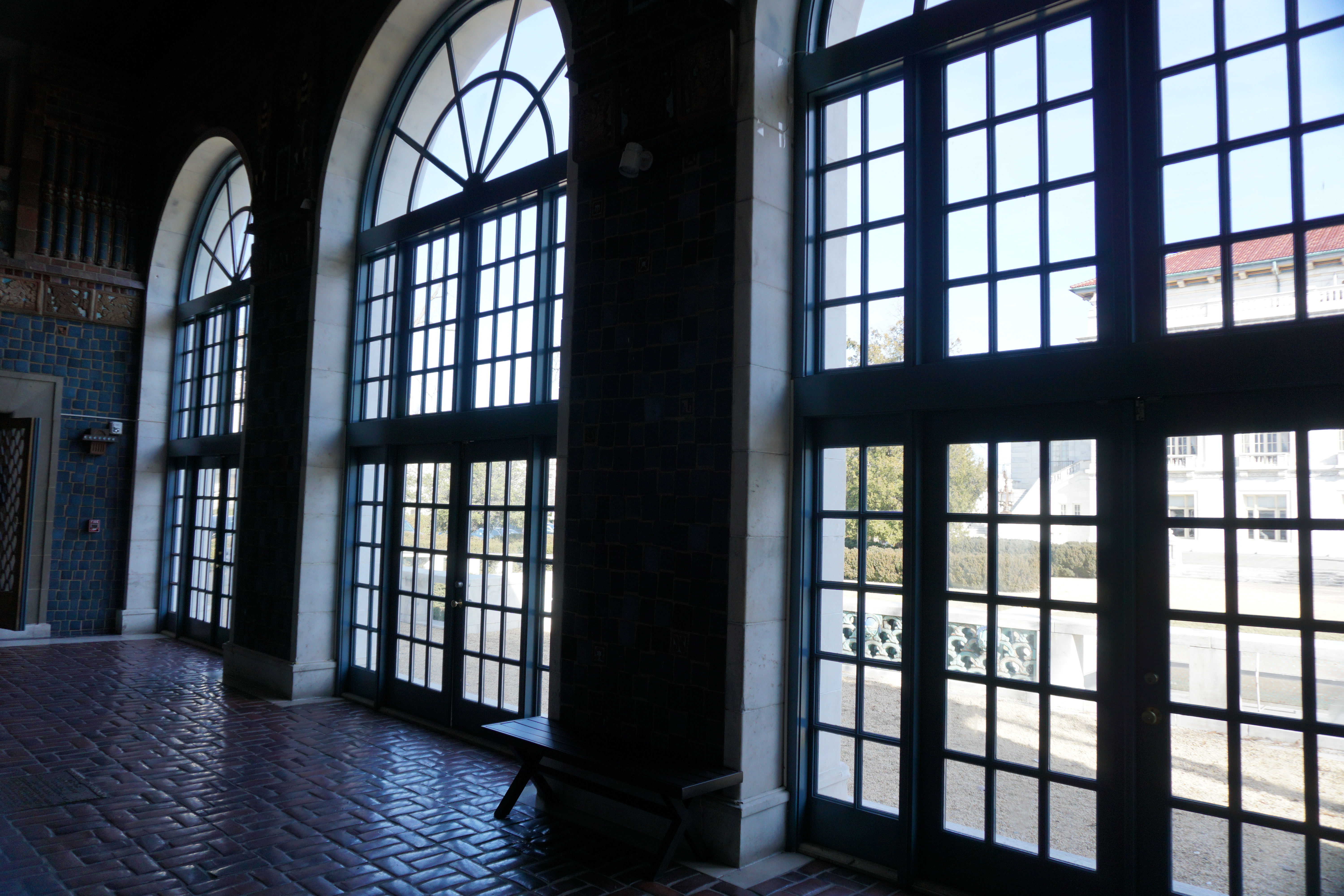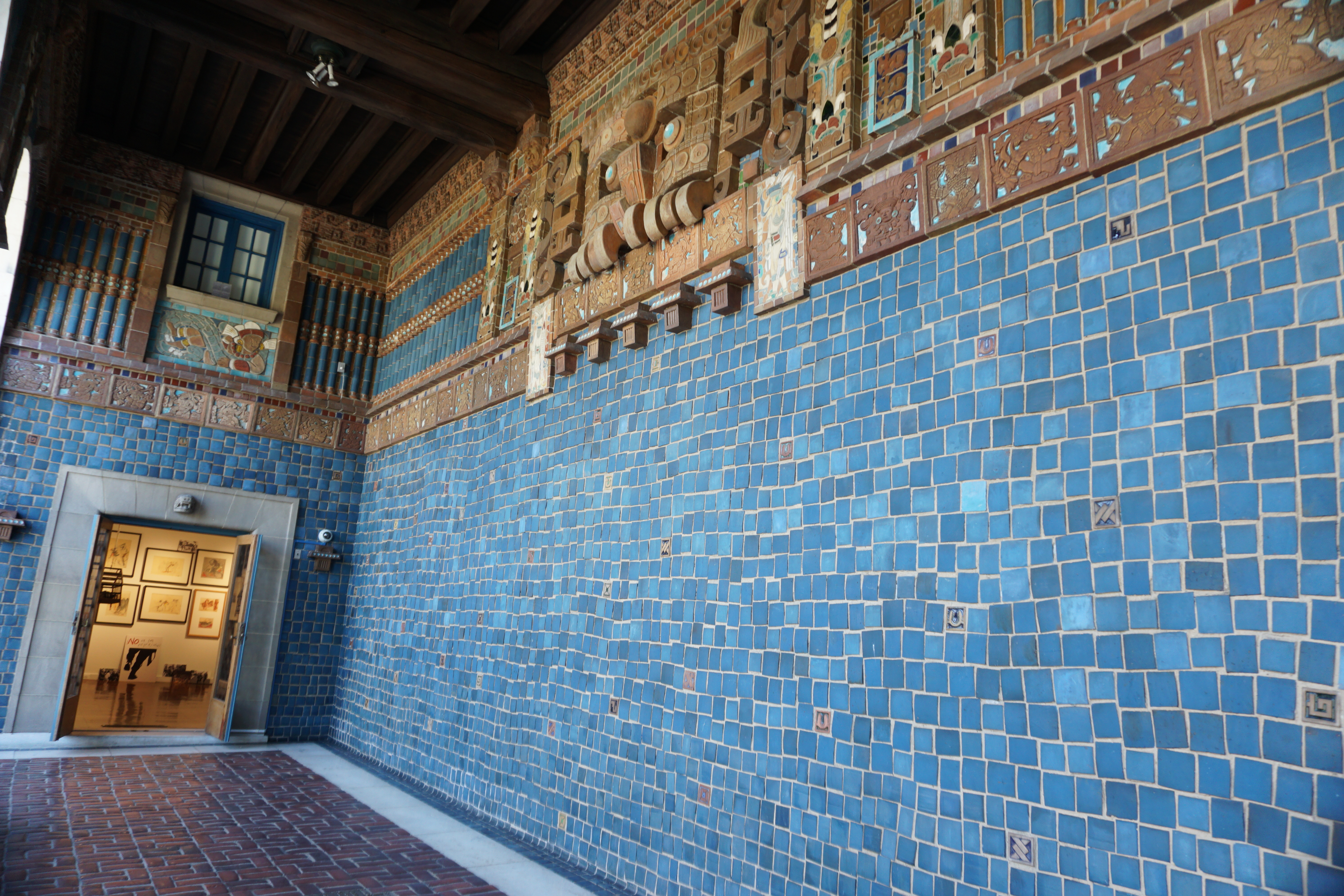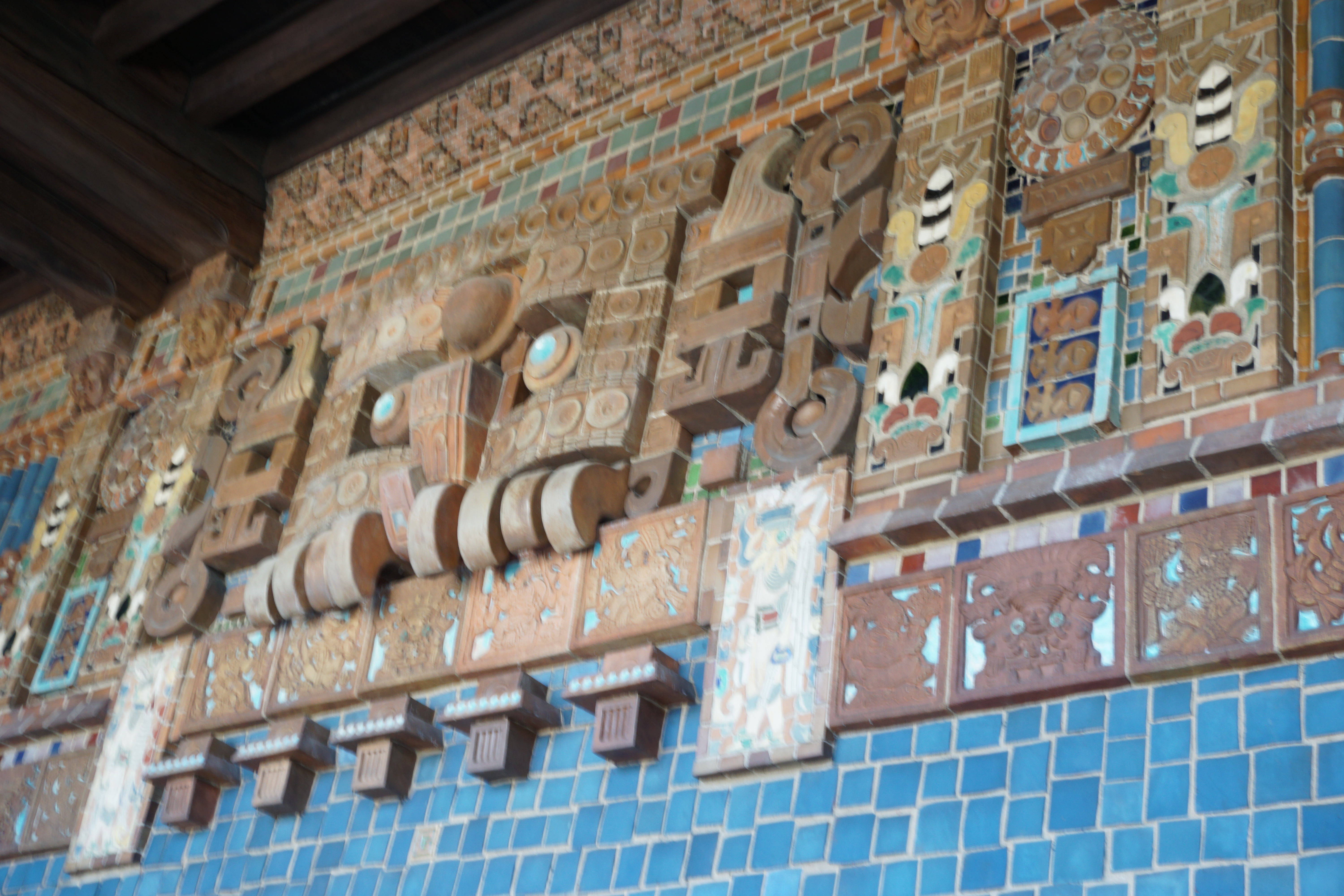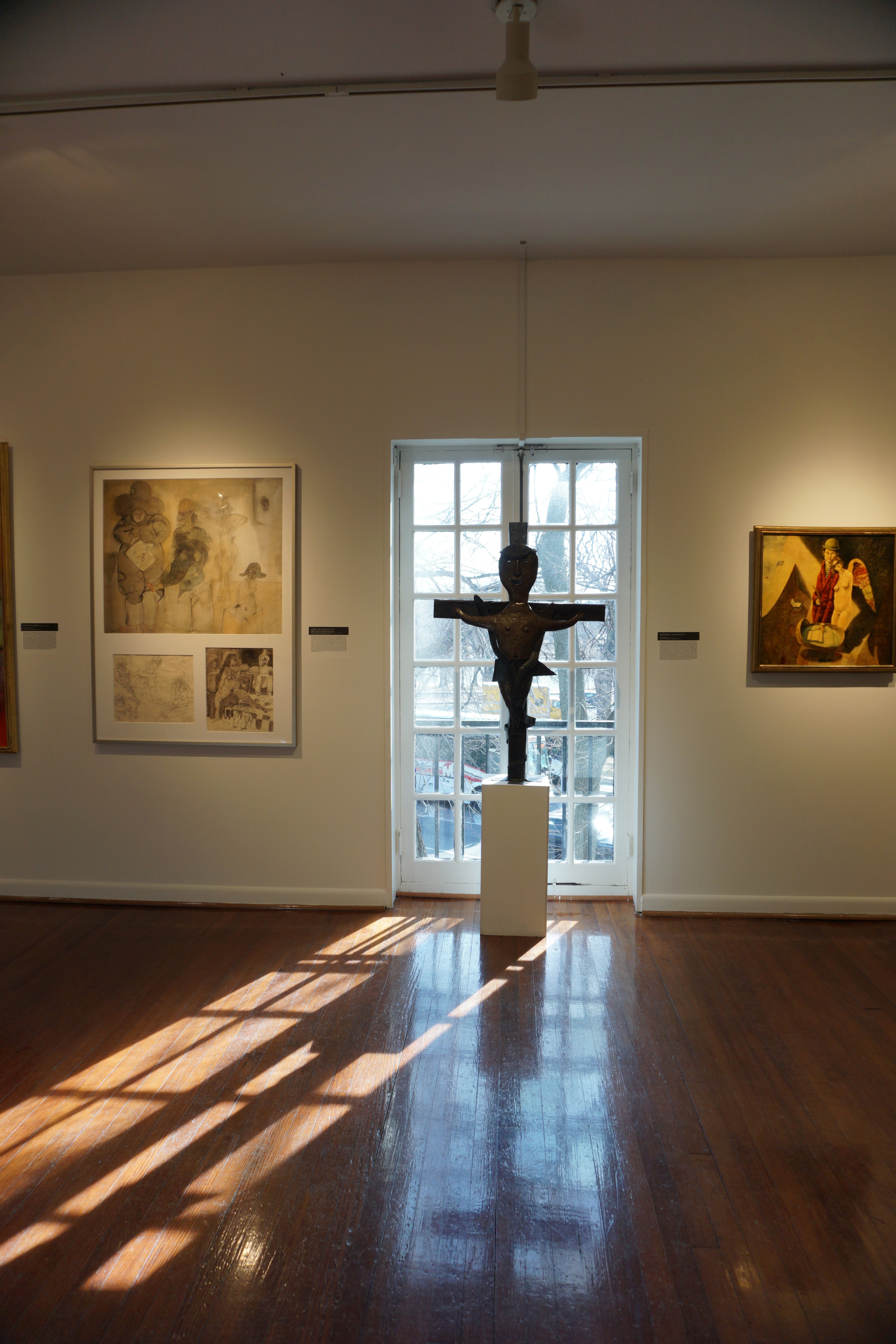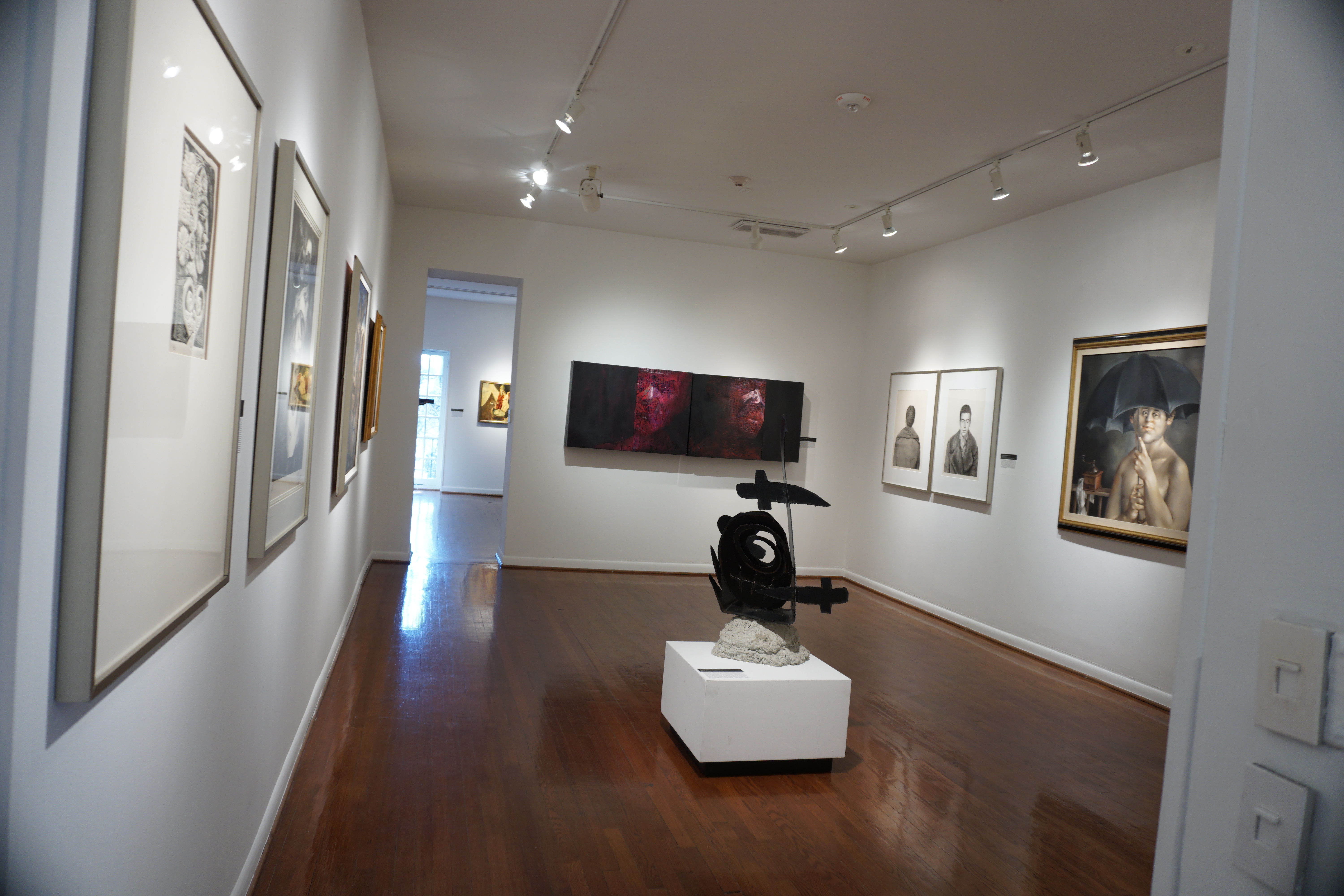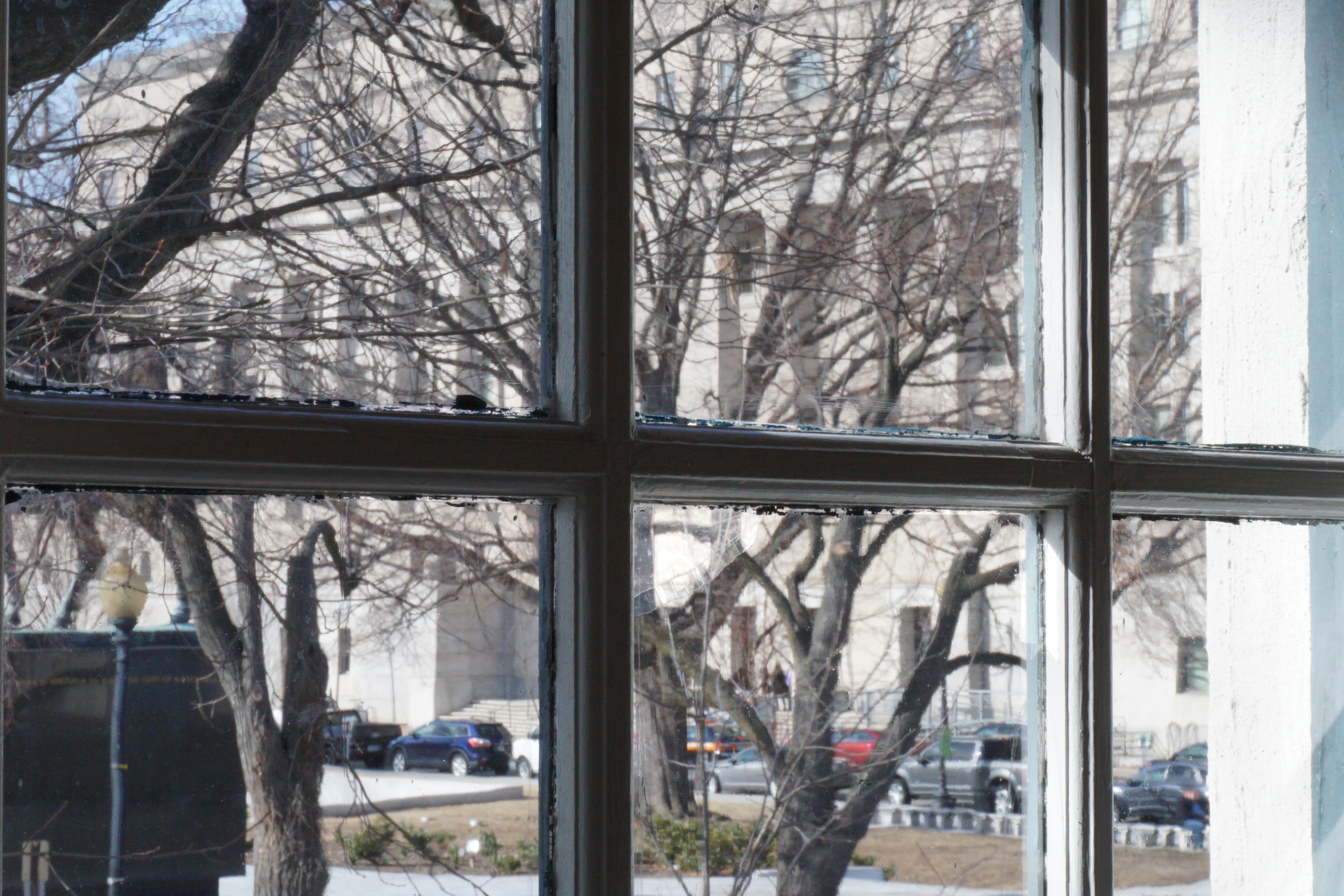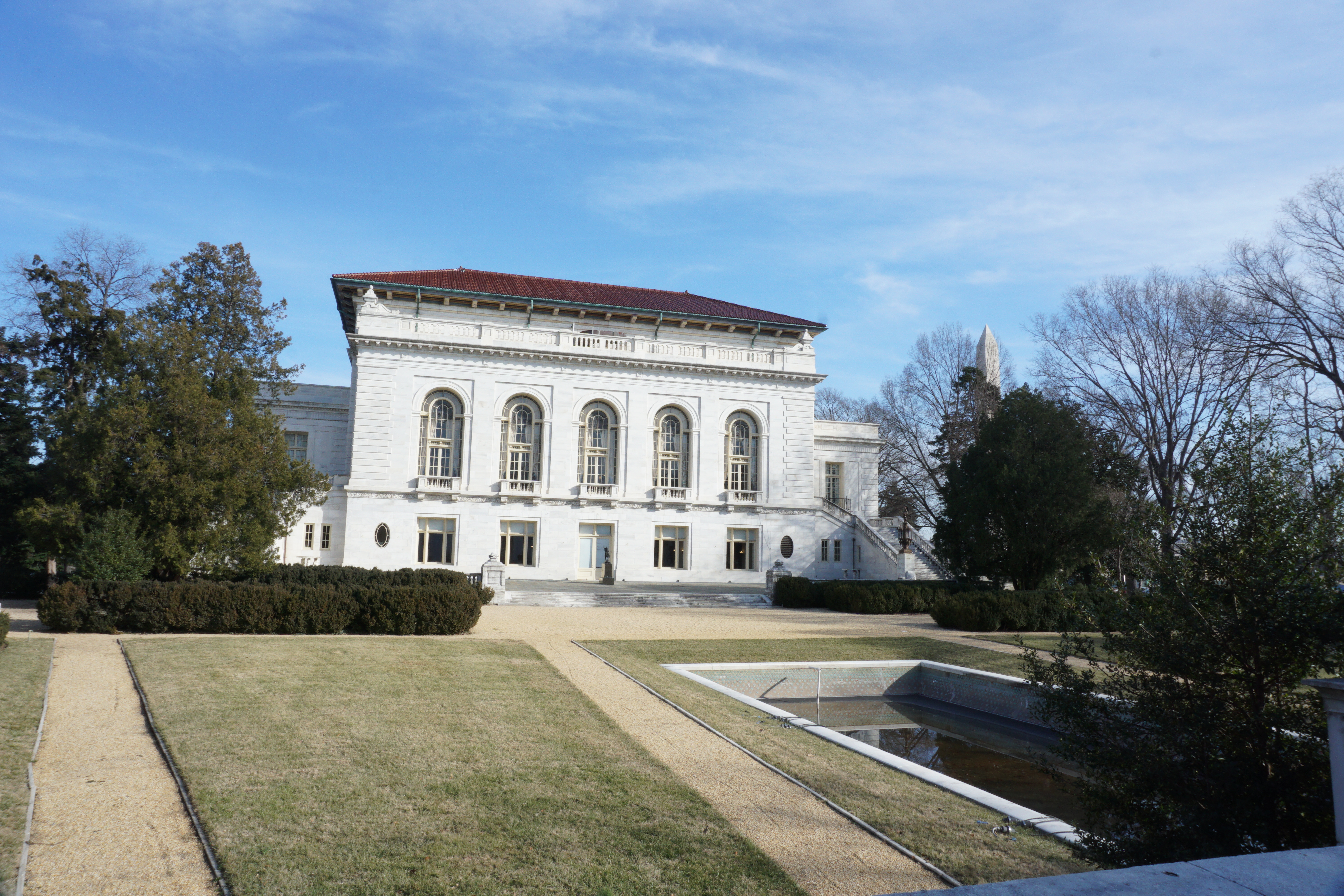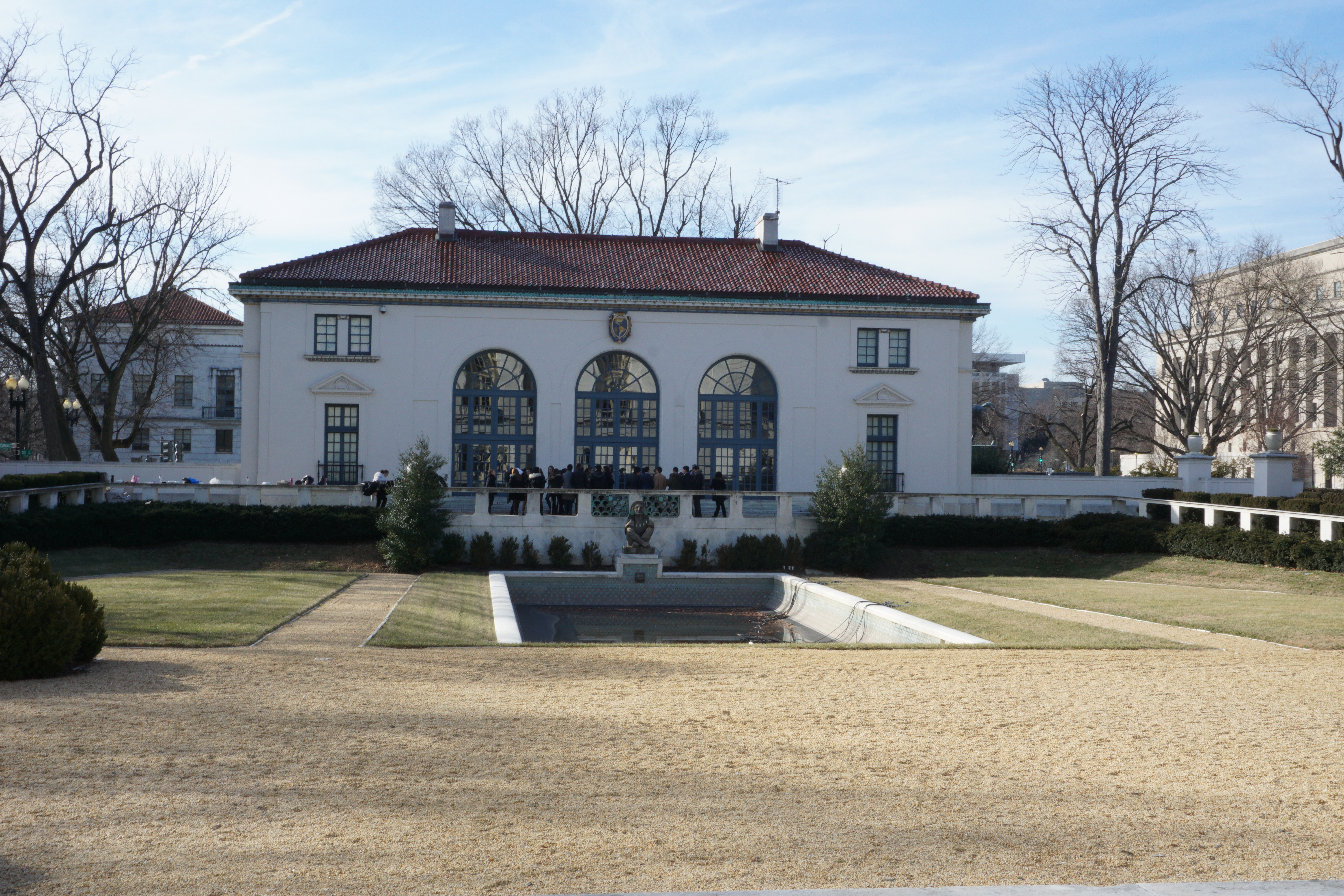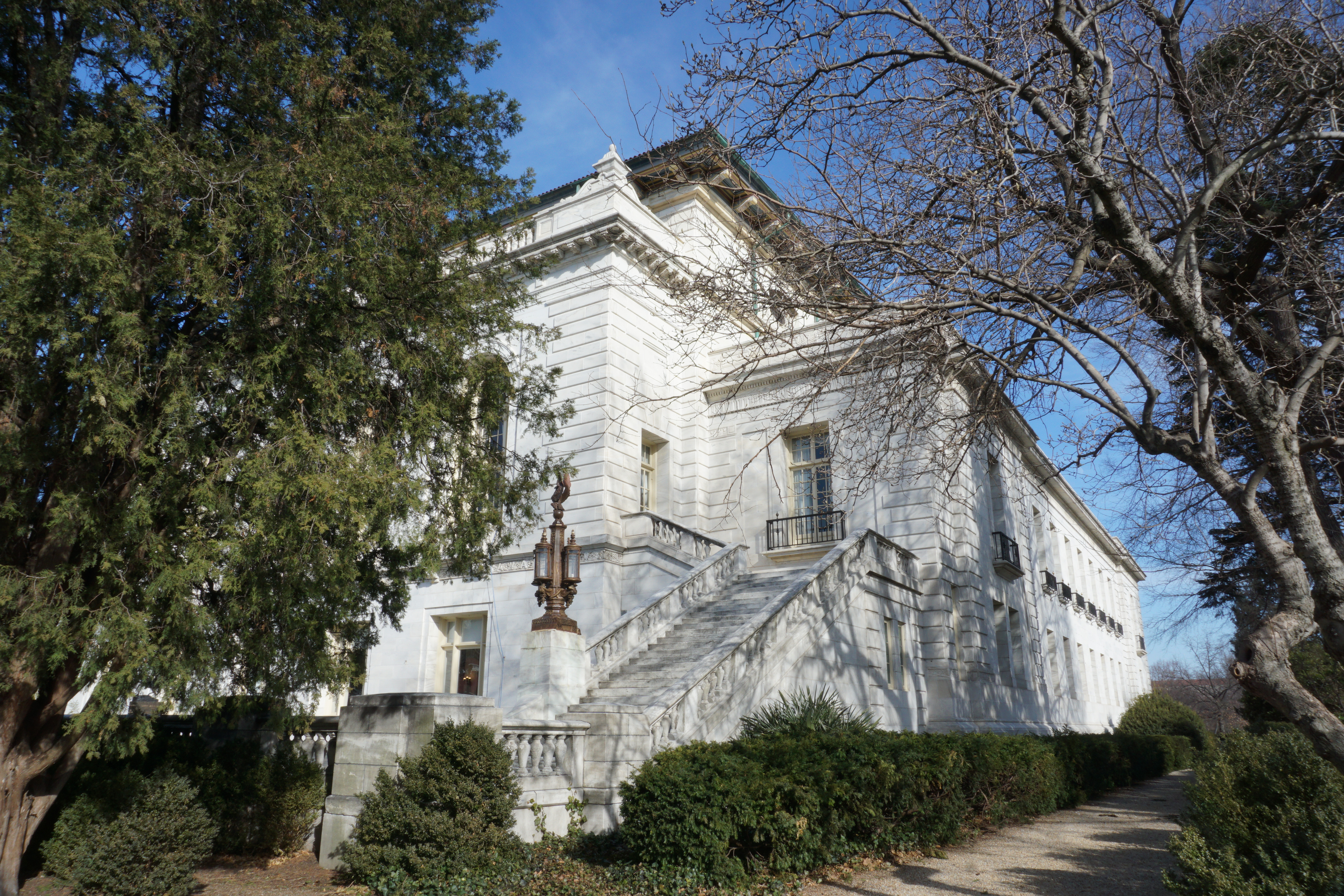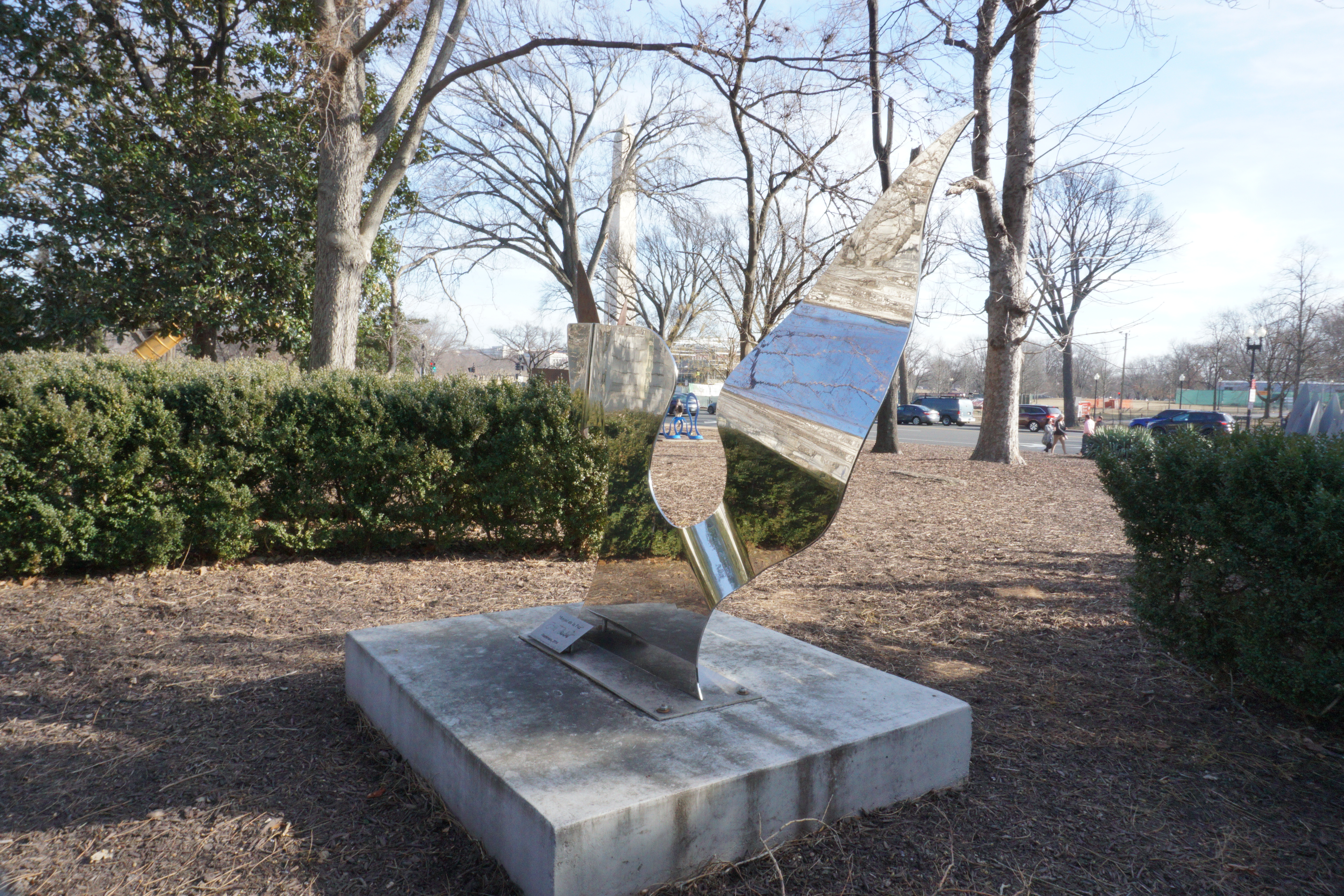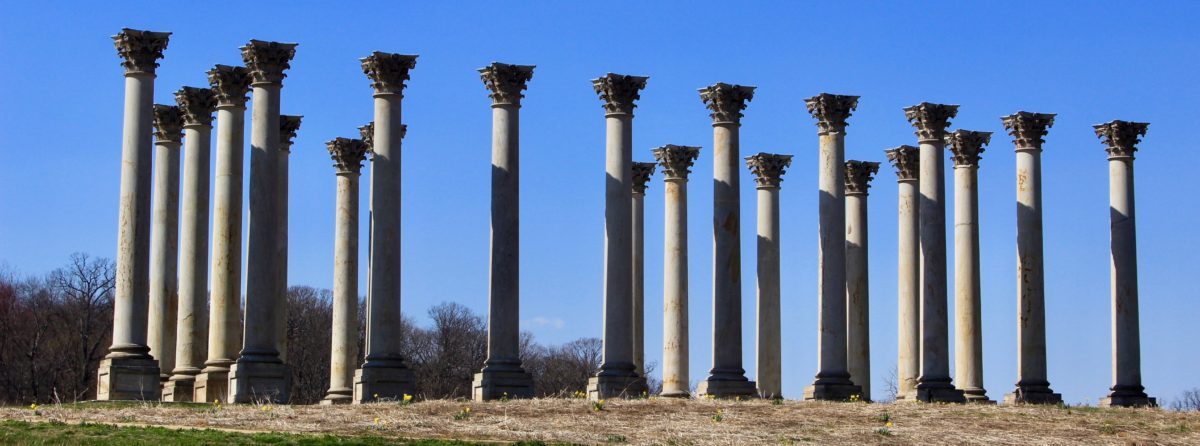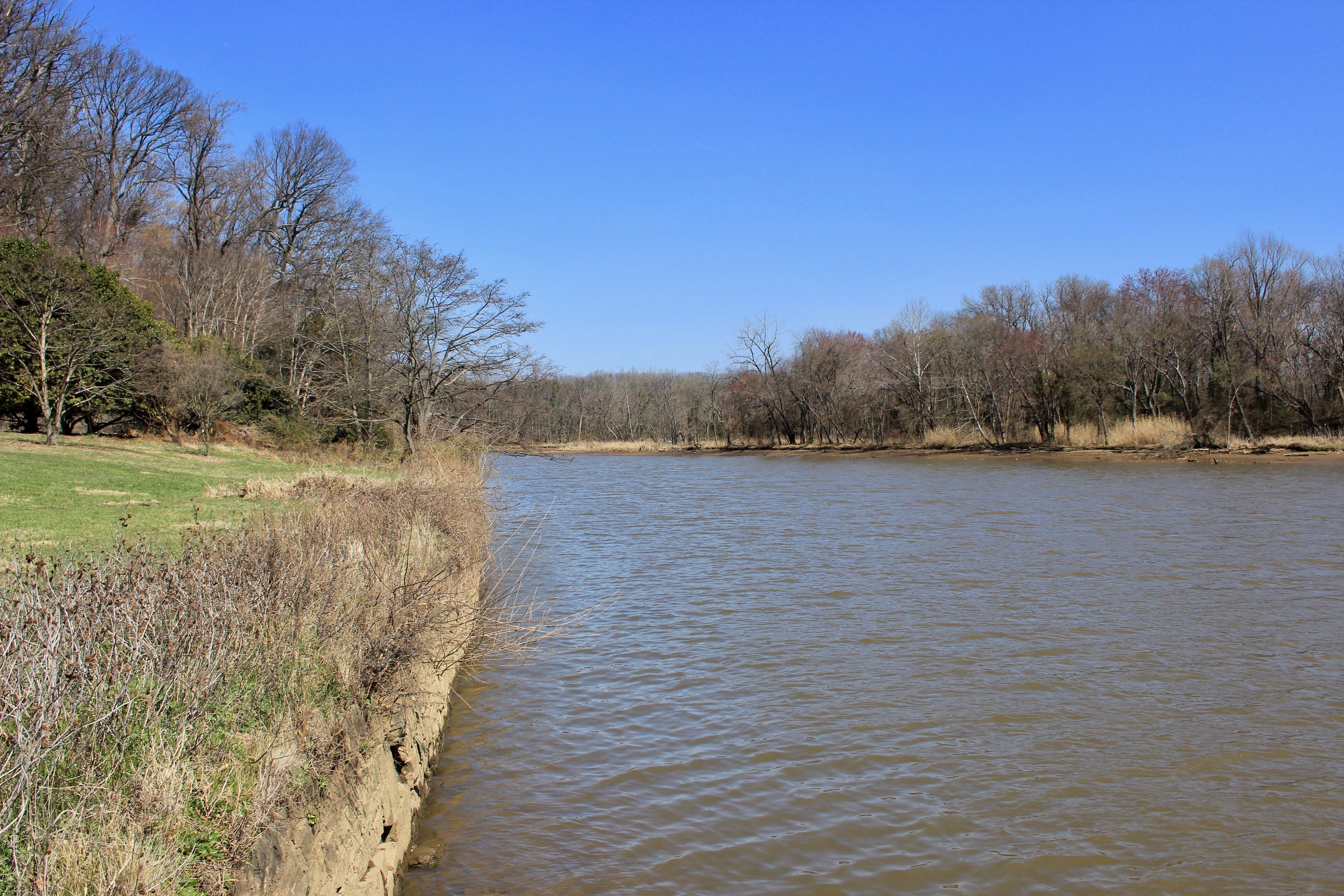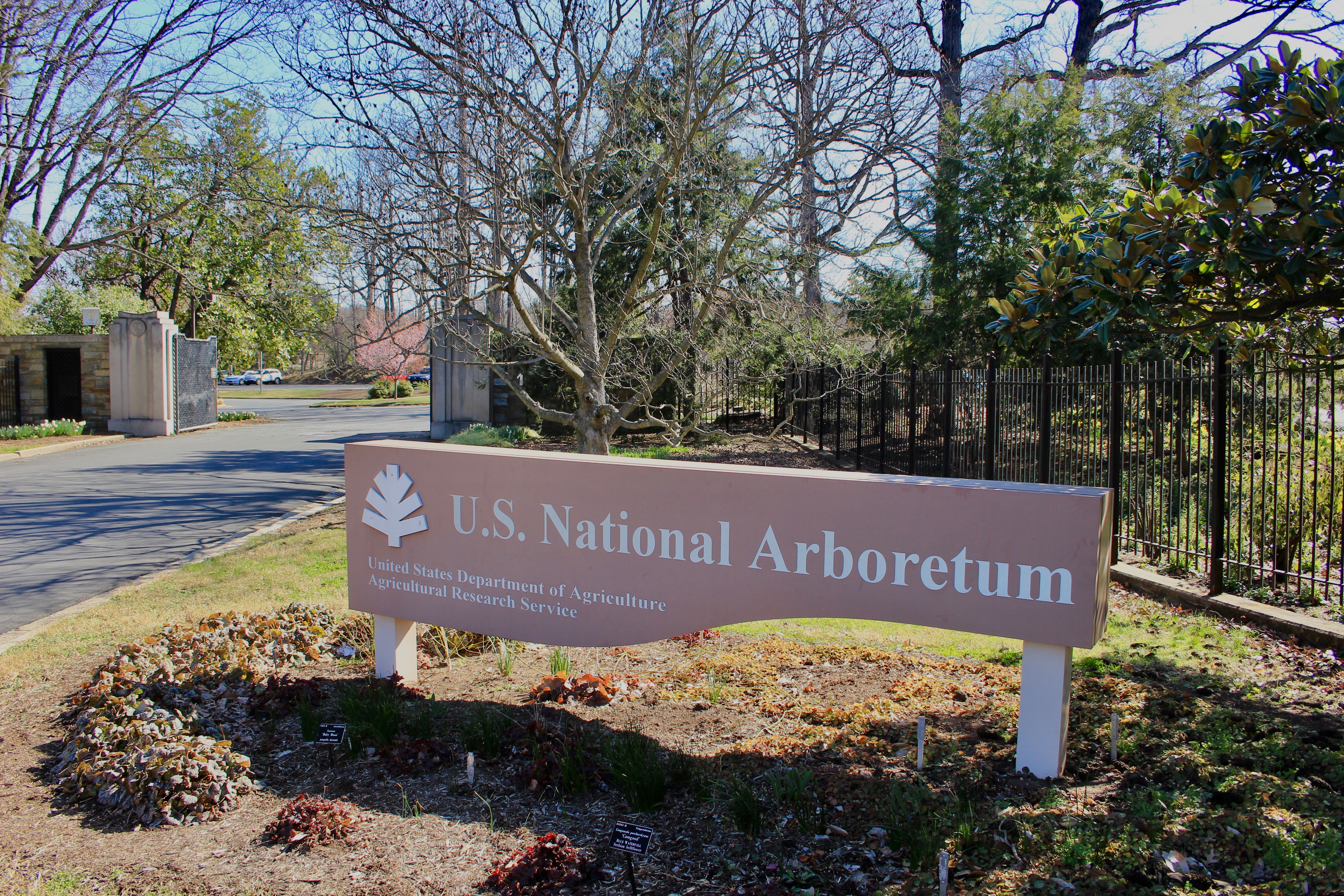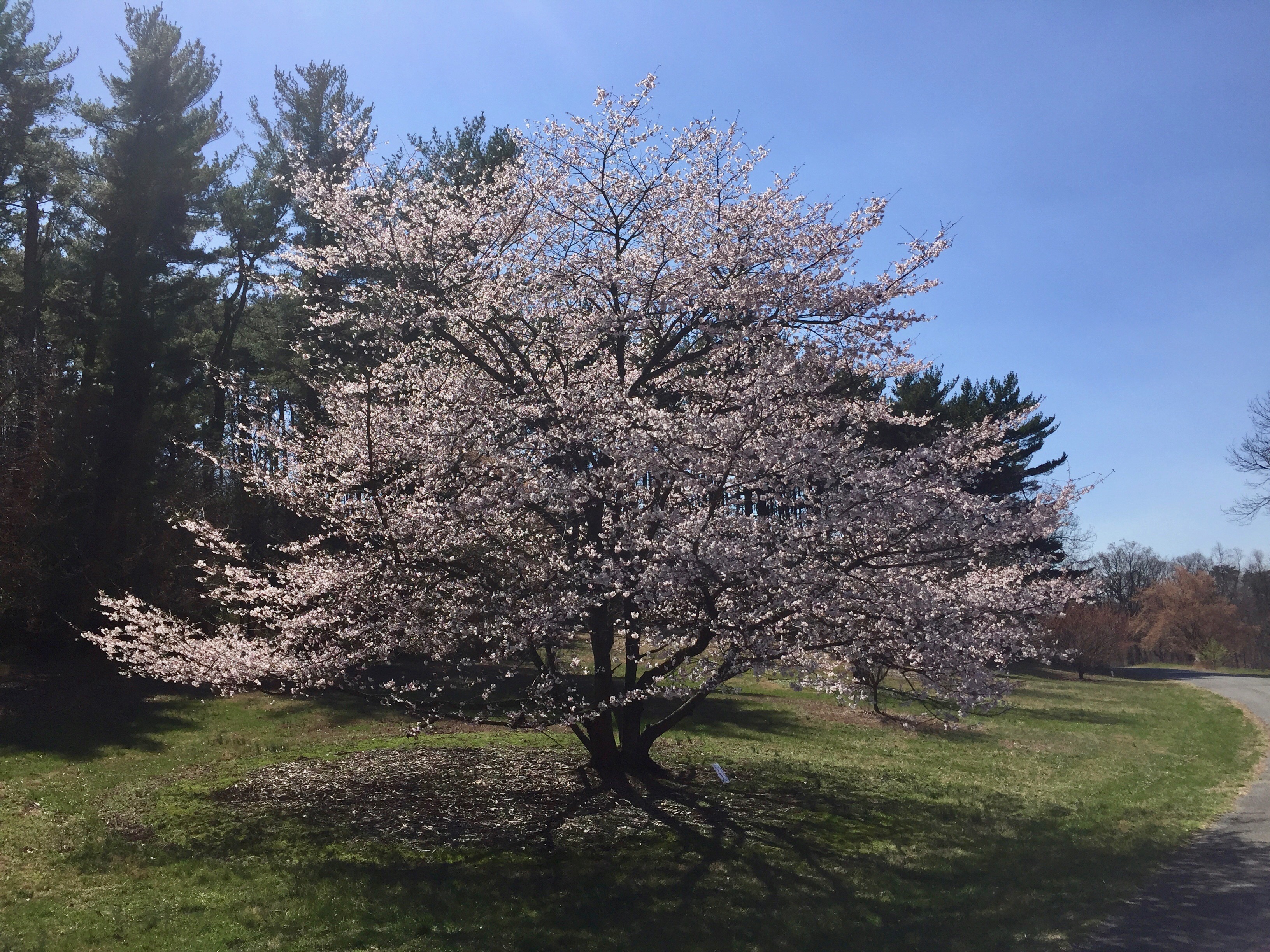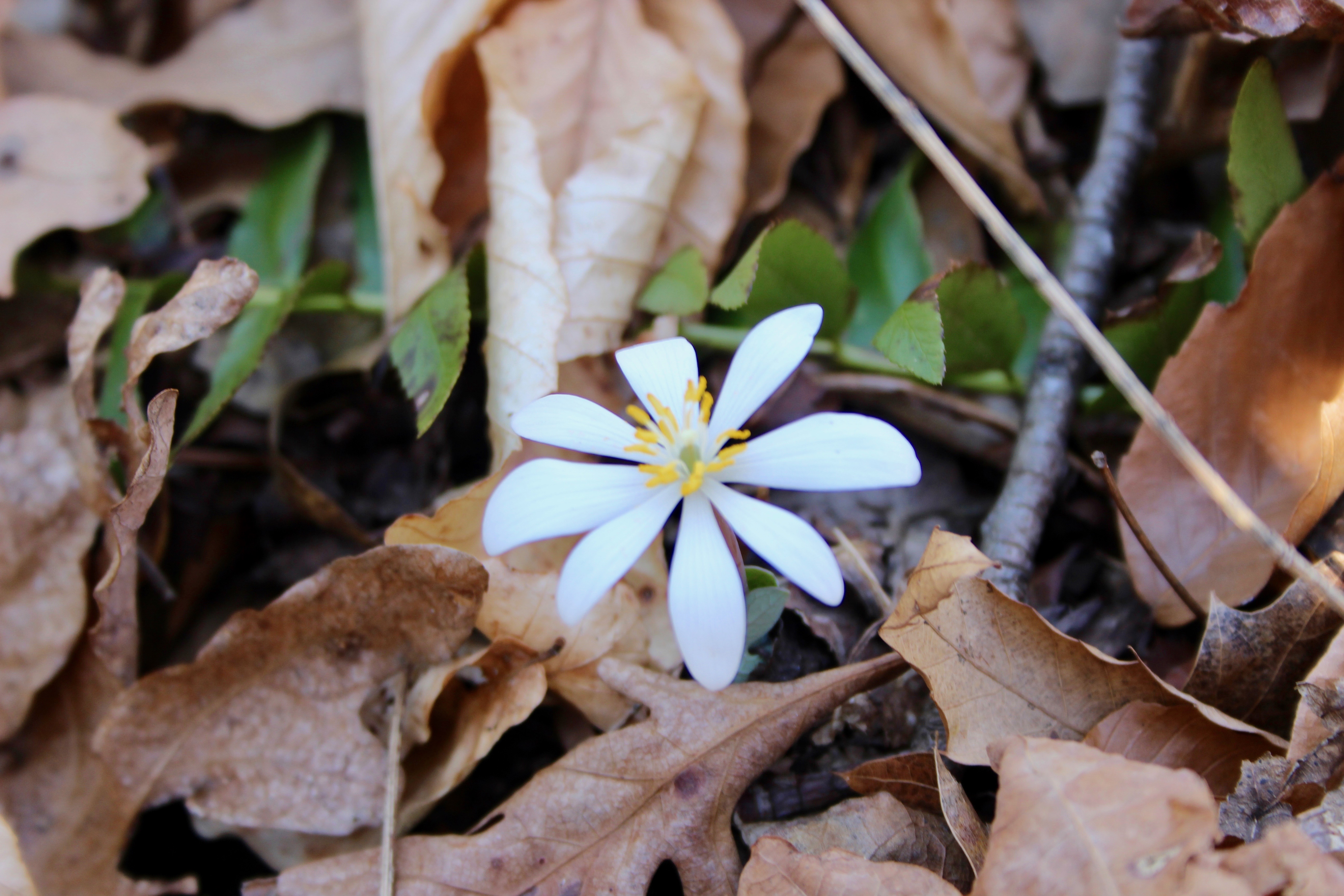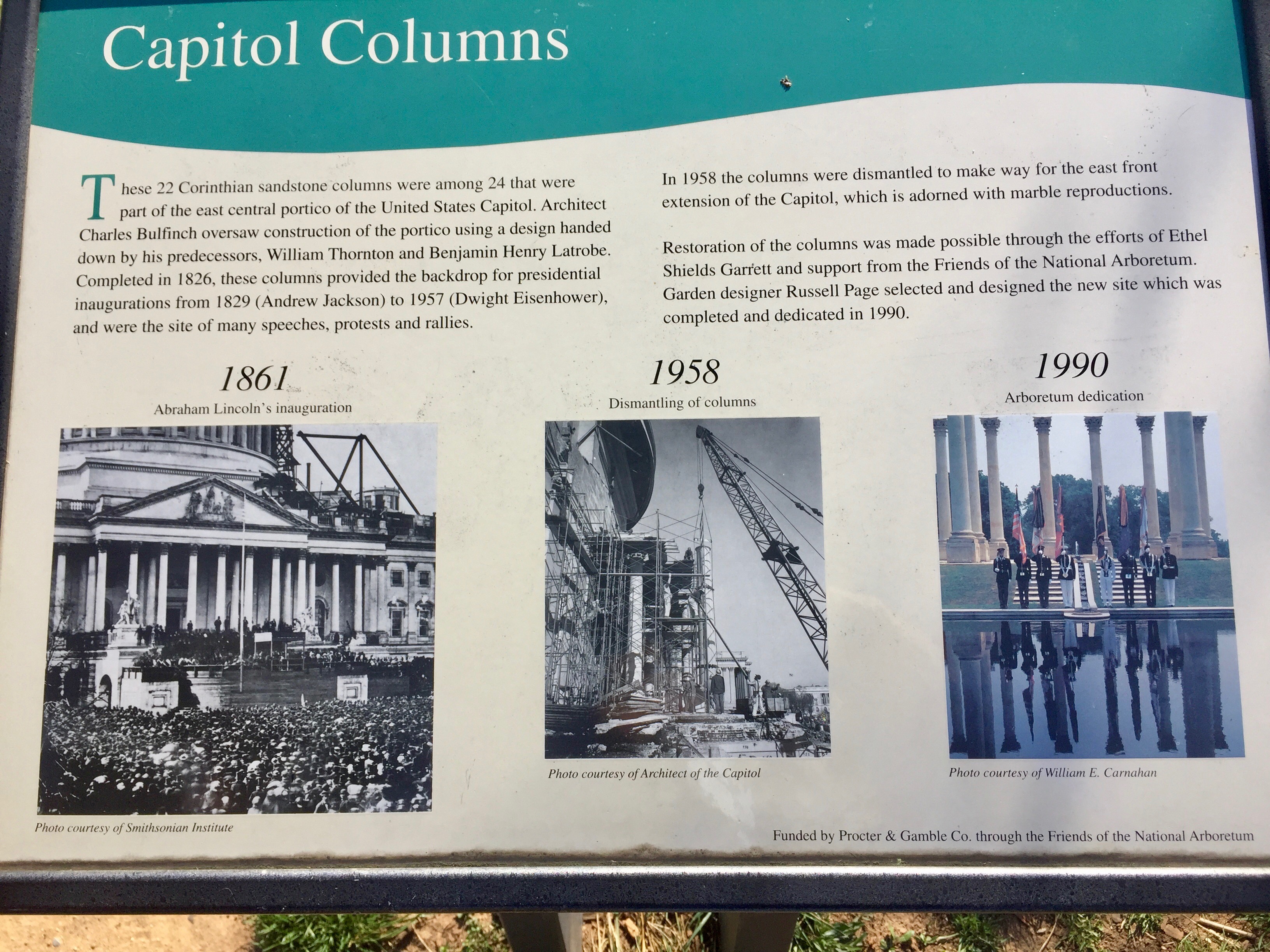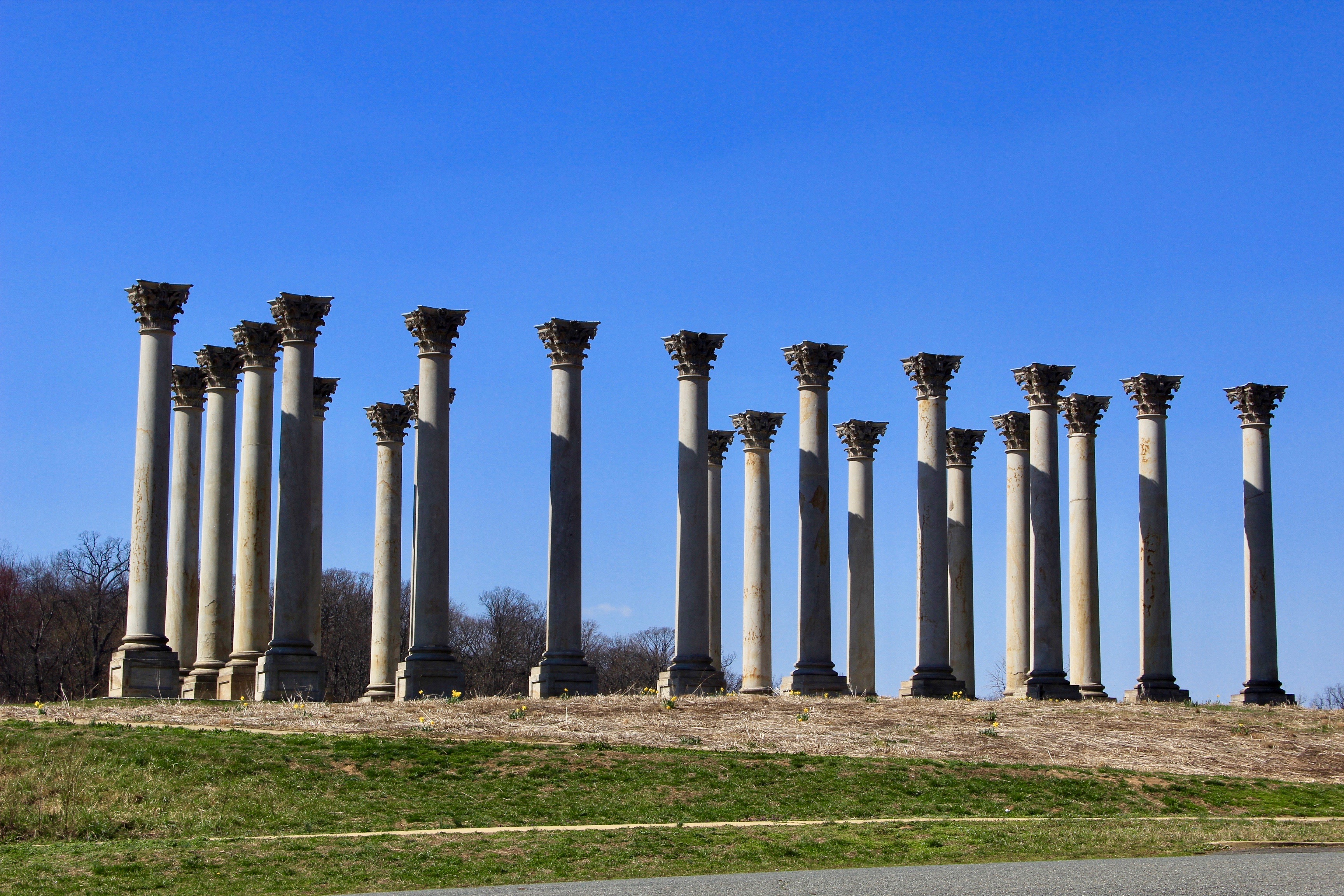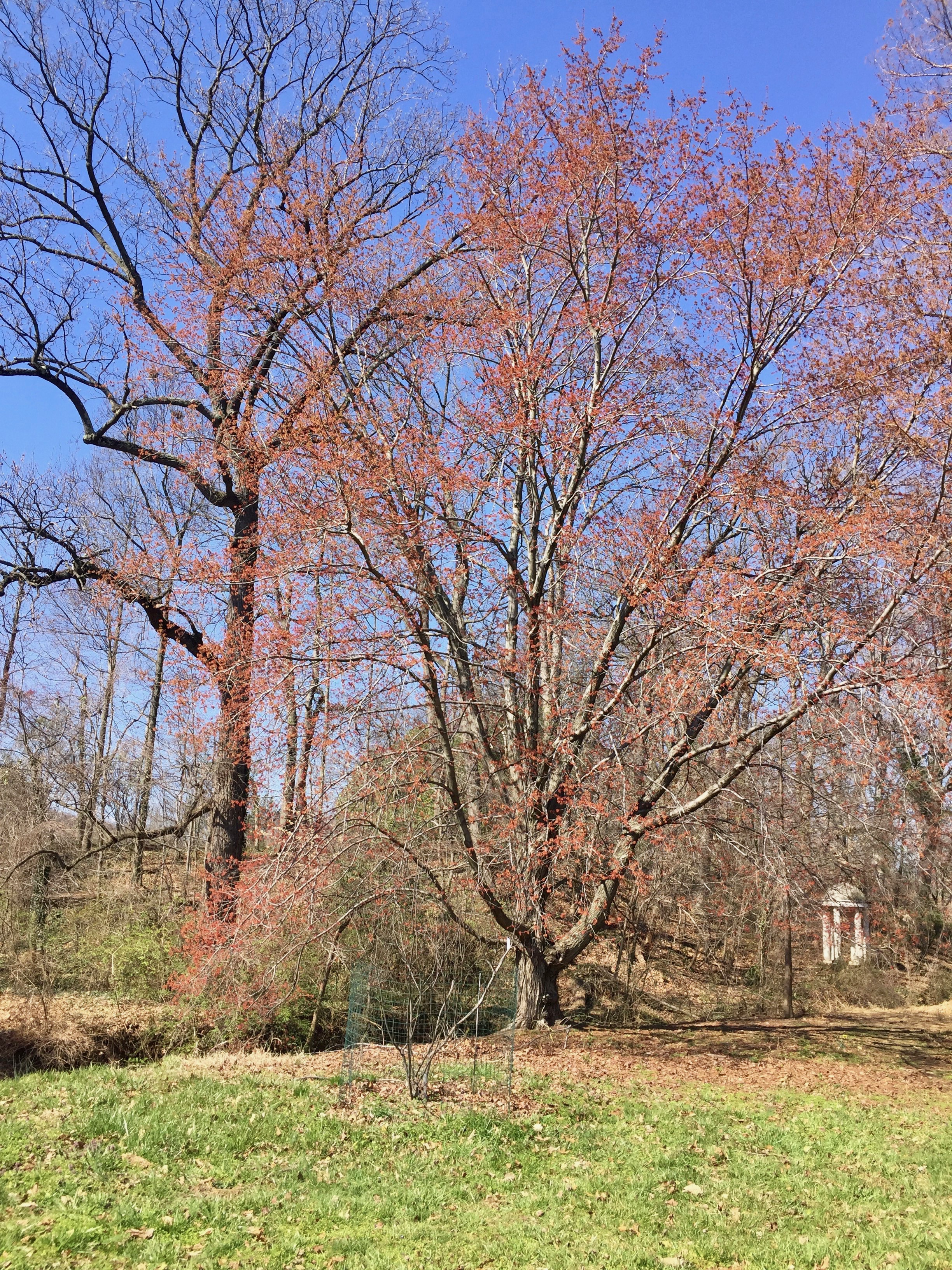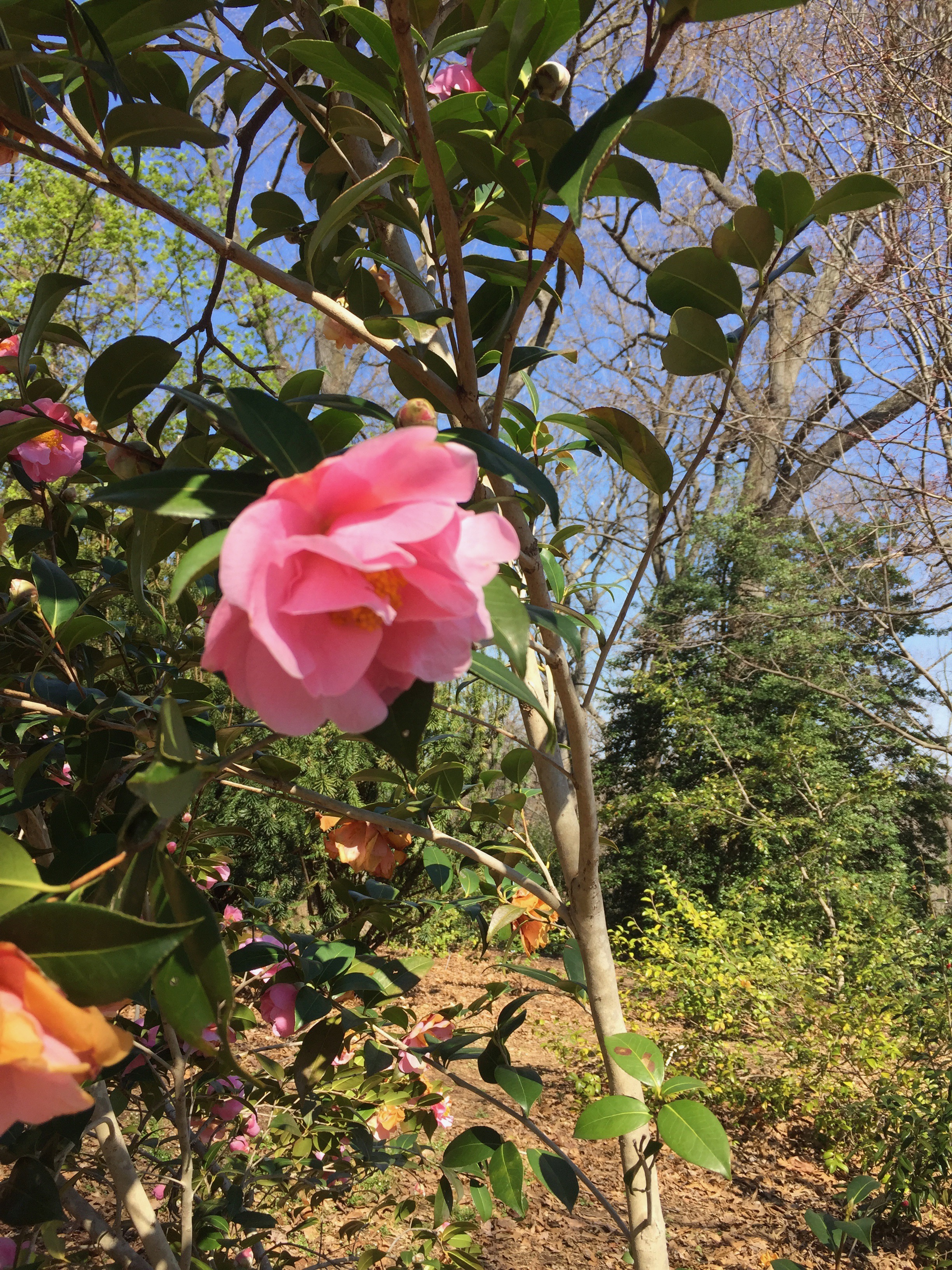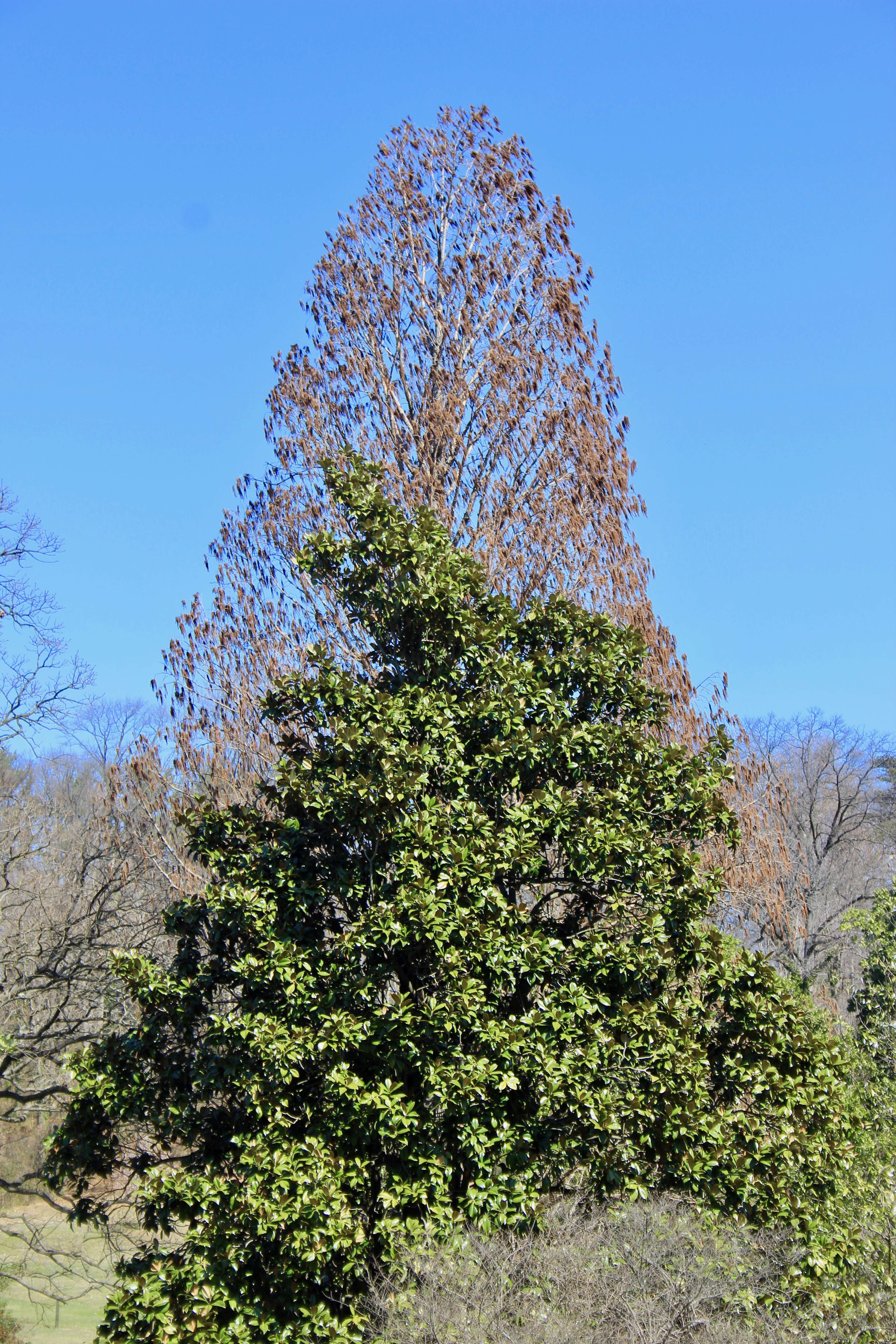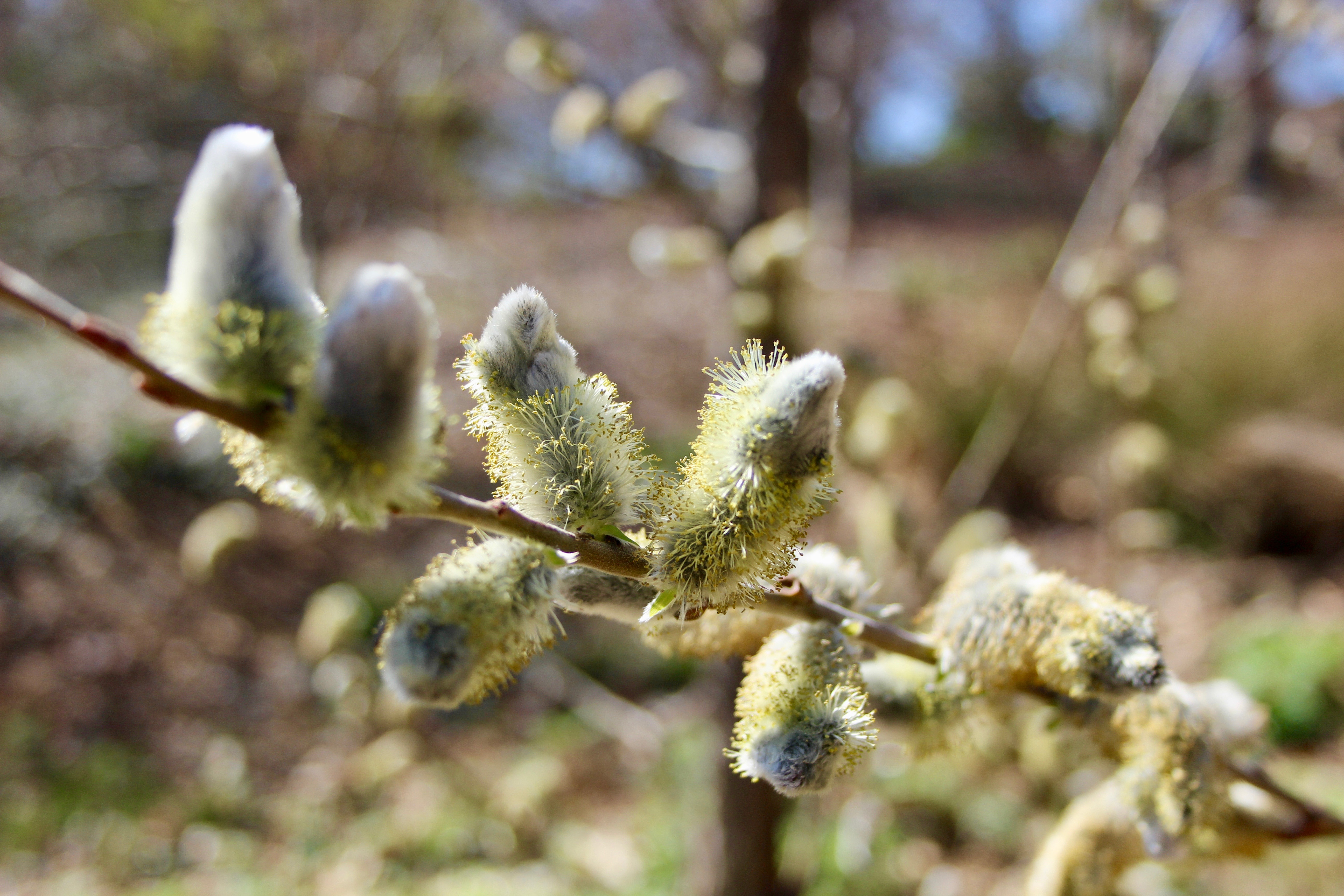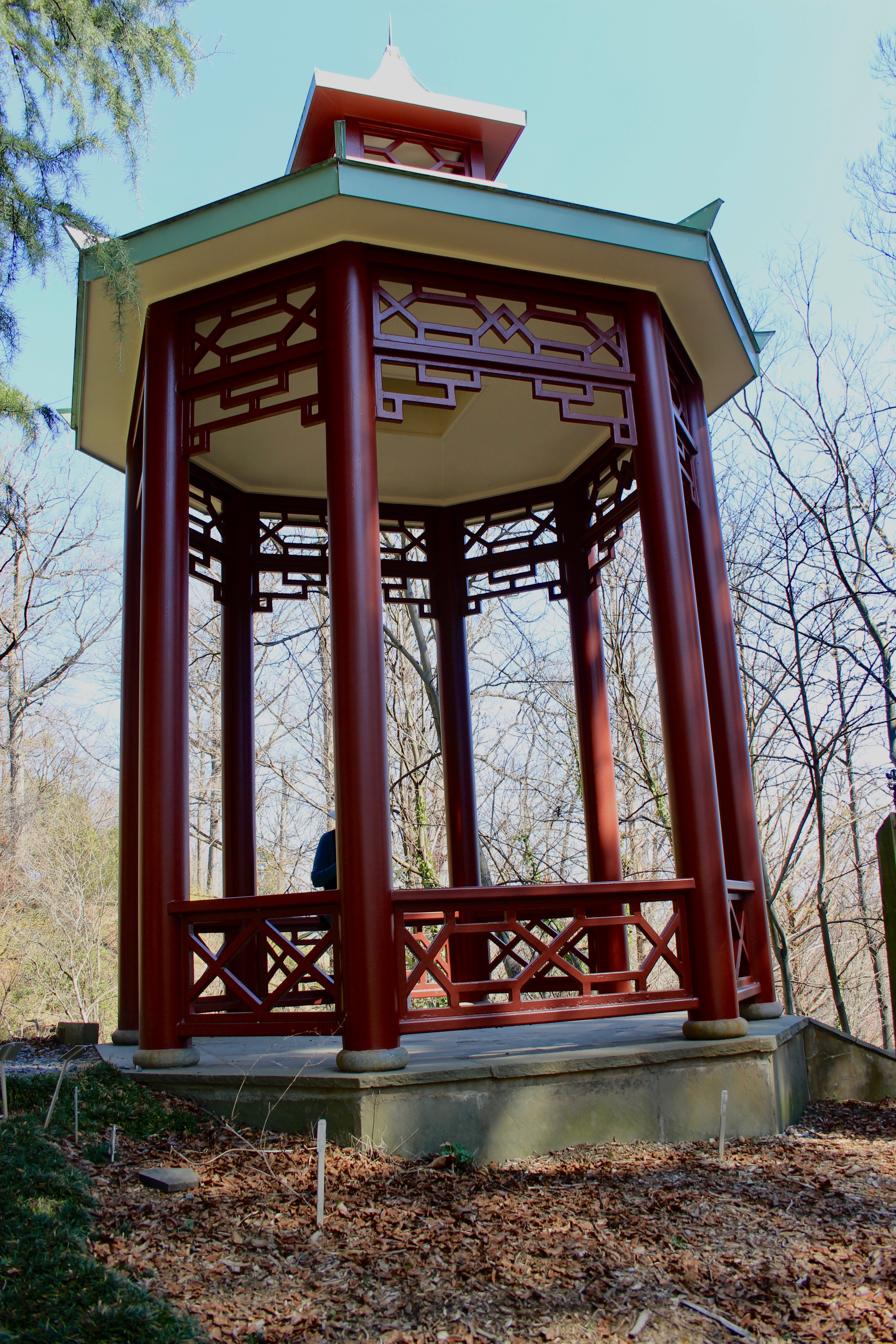Like many people, 2020 was year of many sourdough loaves for me. However, my experience with sourdough dates to the mid-1960s when our family acquired a starter during a summer in Alaska. It has remained in the family ever since, traveling around the country and the world. My starter today, alas, doesn’t trace to that strain.
I started baking sourdough breads (using the family starter) after I finished college, baking through the years though there were times when the starter sat at the back of the fridge for months on end. The combination of time to spare and no yeast in the stores for months in 2020 inspired me to revive the starter and bake regularly – paying closer attention to technique. Unlike earlier times when a loaf was done in a day these days it takes a couple of days to produce a nice result.
This first loaf of 2021 began with mixing the starter, flour, water, and salt on January 2, folding every 30 minutes for 3-4 hours, and then an overnight rest in the fridge. This morning I let the dough warm a bit before shaping into a loaf.
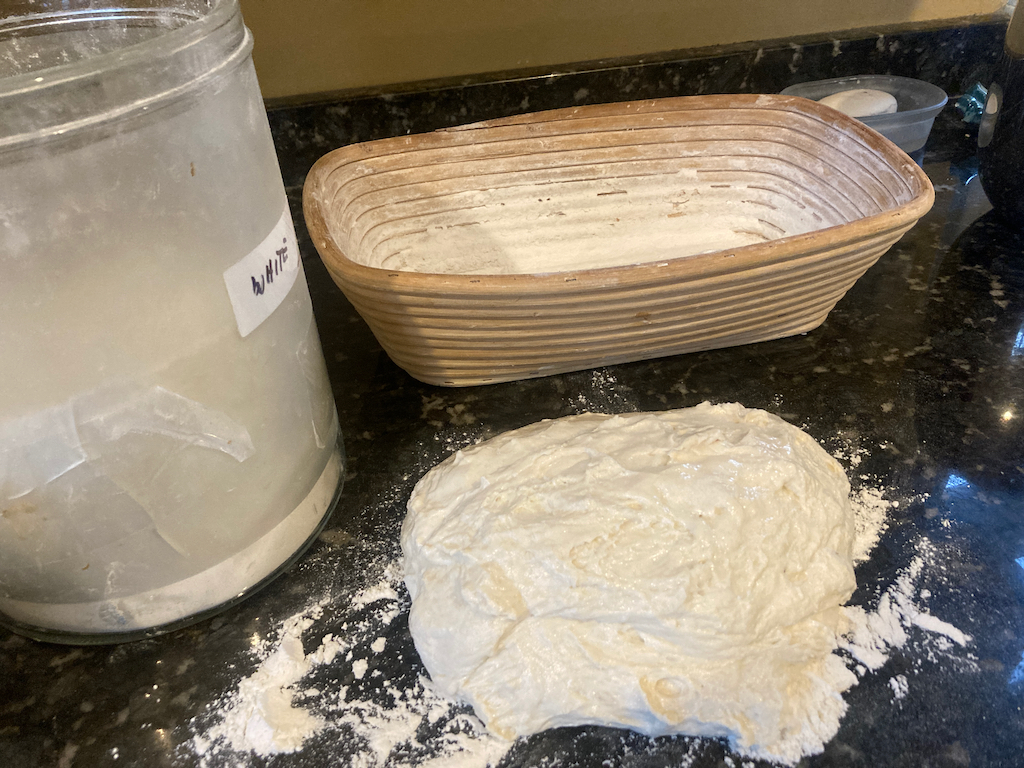
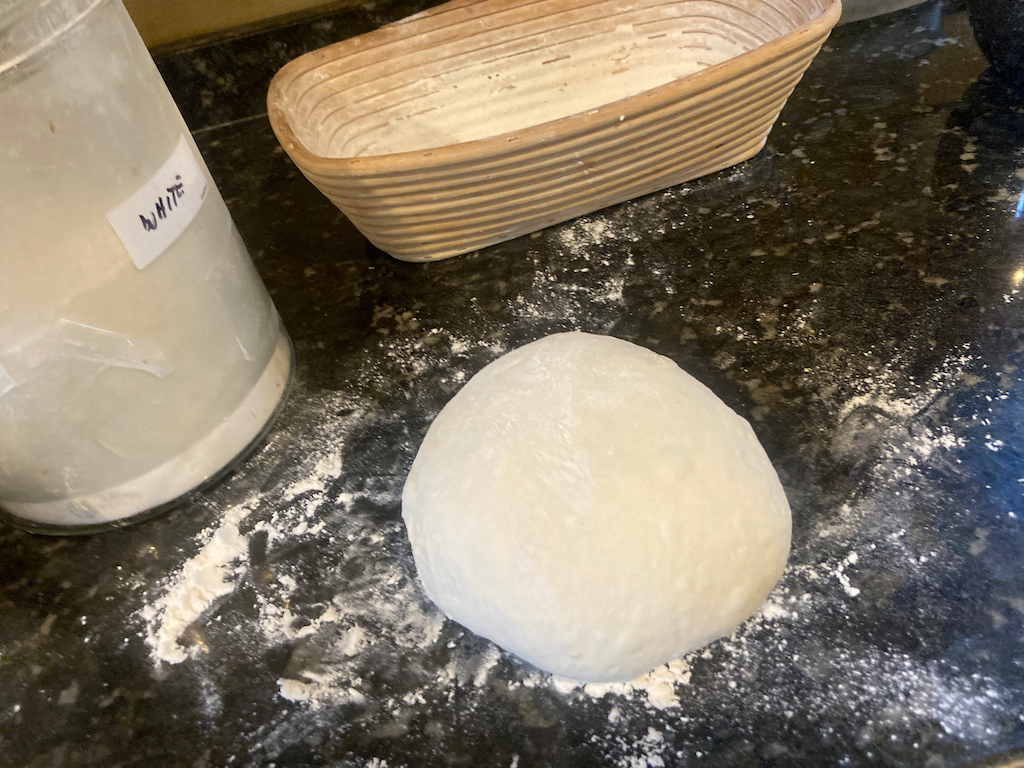
Then a rest/rise in a proofing basket for three hours. I used a clay baking pot, heated in the 450 degree oven.
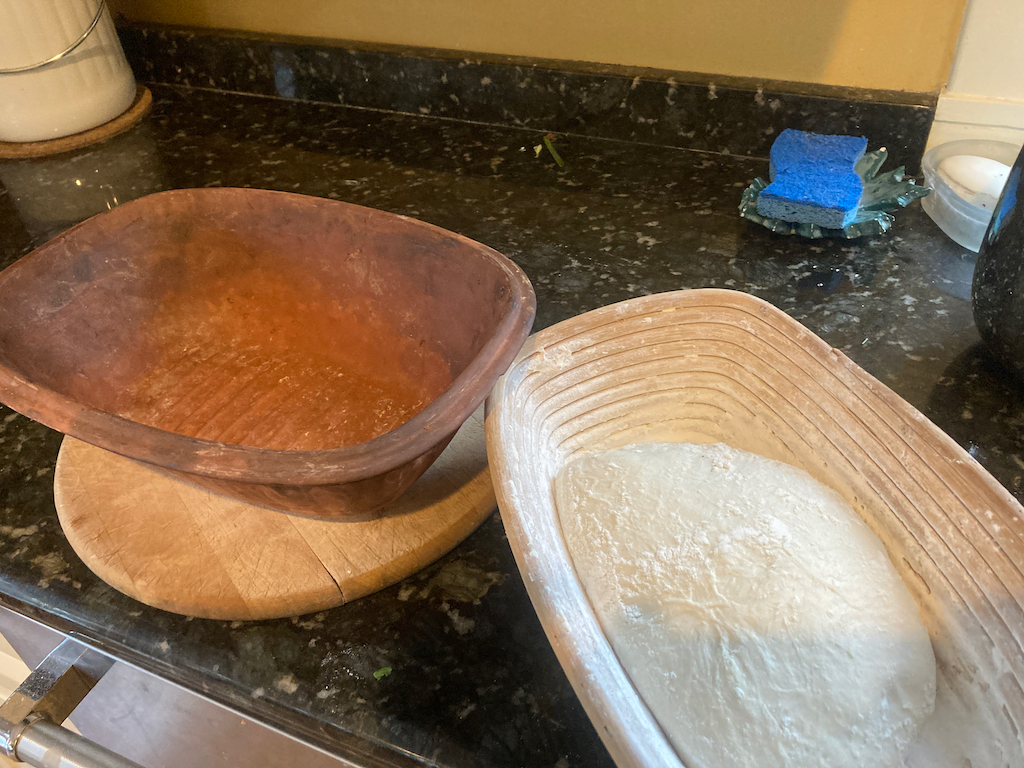

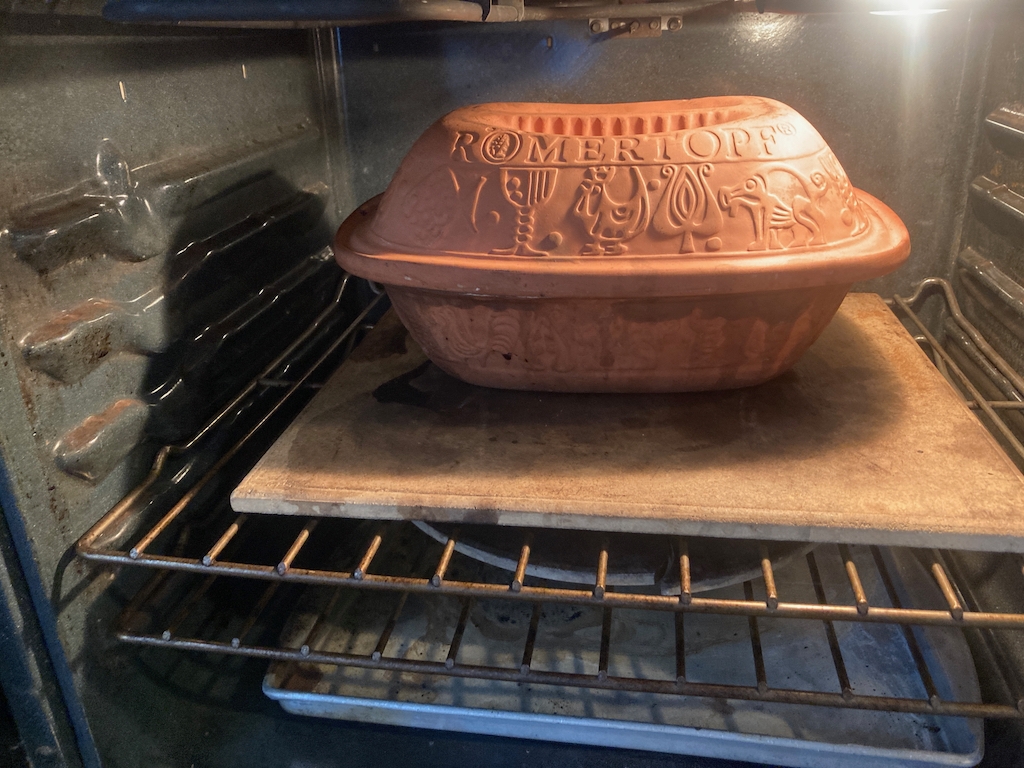
Then a rest/rise in a proofing basket for three hours. For the baking I used a clay baking pot heated in the 450 degree oven. Twenty minutes covered followed by another twenty minutes uncovered. Final internal temperature 208 degrees.
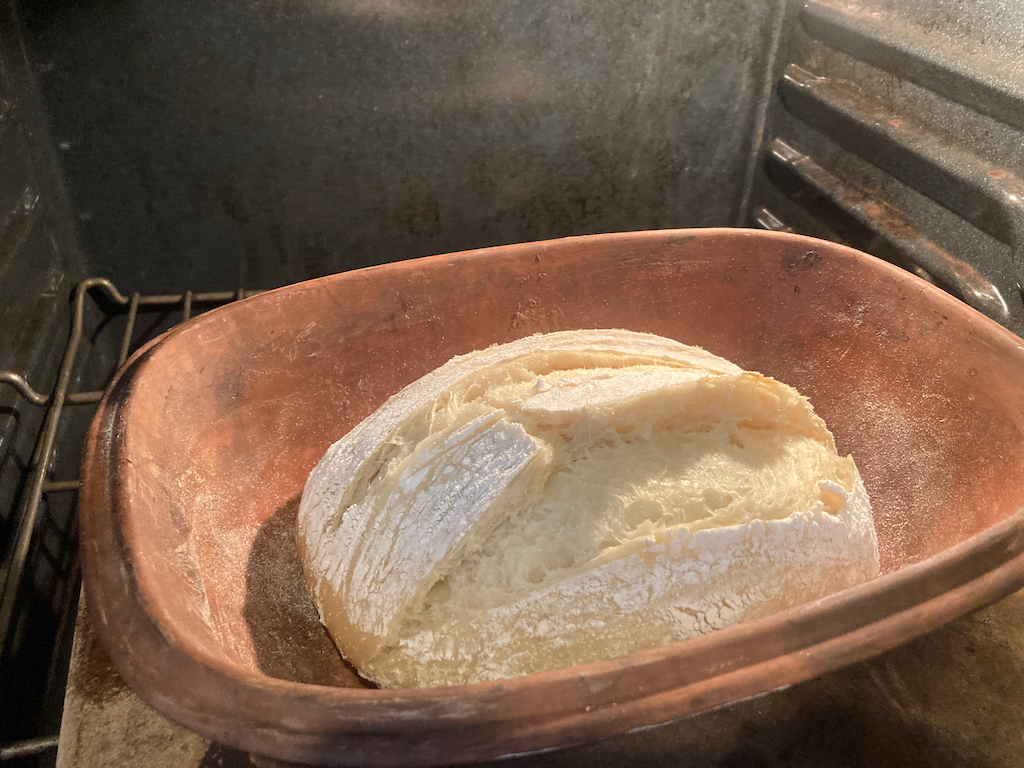
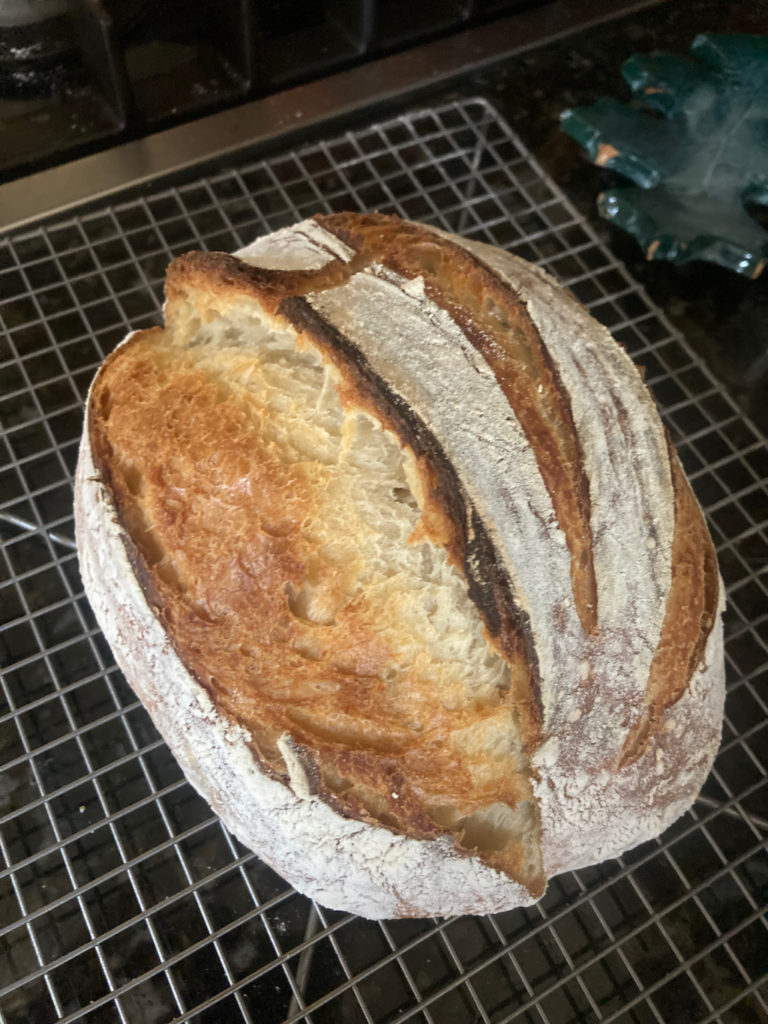
The Recipe
140 grams sourdough starter (100% hydration)
400 grams white flour
290 grams room temperature water
10 grams salt
Mix. Start by mixing the flour, water, and starter; allow to sit for 15-20 minutes to hydrate. Sprinkle the salt over the dough.
Fold. Every 30 minutes fold the dough over itself 6-8 times, rotating the bowl as you go. Initially the dough will be sticky and loose. Over time it will gain structure. Repeat the folding for 3-4 hours, depending on your scheduled and patience.
Store. Transfer the dough to an appropriate sized container with a lid and stick in the fridge overnight (or longer if you like).
Shape and Proof. Remove from the refrigerator and place dough on a lightly floured countertop. Allow to warm for 30-60 minutes. Then shape into a loaf by stretching the dough over itself from one side to the other and repeat the other direction. Then stretch the side closest to you over to the back, followed by the back over to front and flip over. Quickly shape the loaf by cupping your hands around the sides of the loaf, pulling under and around to create a tight ball. Proof in a floured basket or bowl lined with a floured cotton towel for 3-4 hours.
Bake. Preheat the oven to 450 degrees. To achieve a crisp outer crust use use one of these techniques:
(1) Place a cast iron dutch oven (and lid) or clay cooker in the oven as it heats. When the oven is ready remove the pot and tip the loaf from the proofing container into the pot; score with a lame or sharp knife (make the cuts at least 1/2″ deep) to provide room for the loaf to expand. Cover and place in oven for about 20 minutes. Reduce oven temperature to 400 -425. Remove lid and continue to bake another 20 minutes or so until the crust is golden and the internal temperature of the bread in 210-215 degrees.
(2) In lieu of a covered pot place the loaf directly on a baking stone in the oven. Place a sturdy shallow pan on the floor of the oven and pour about a cup of water into the pan to create steam. You can also use a spray bottle to heavily mist the loaf. Do not open the oven for 20 minutes or so to contain the steam. Proceed as in step 1.
When the bread is done place on a cooling rack and allow to completely cool before slicing.
